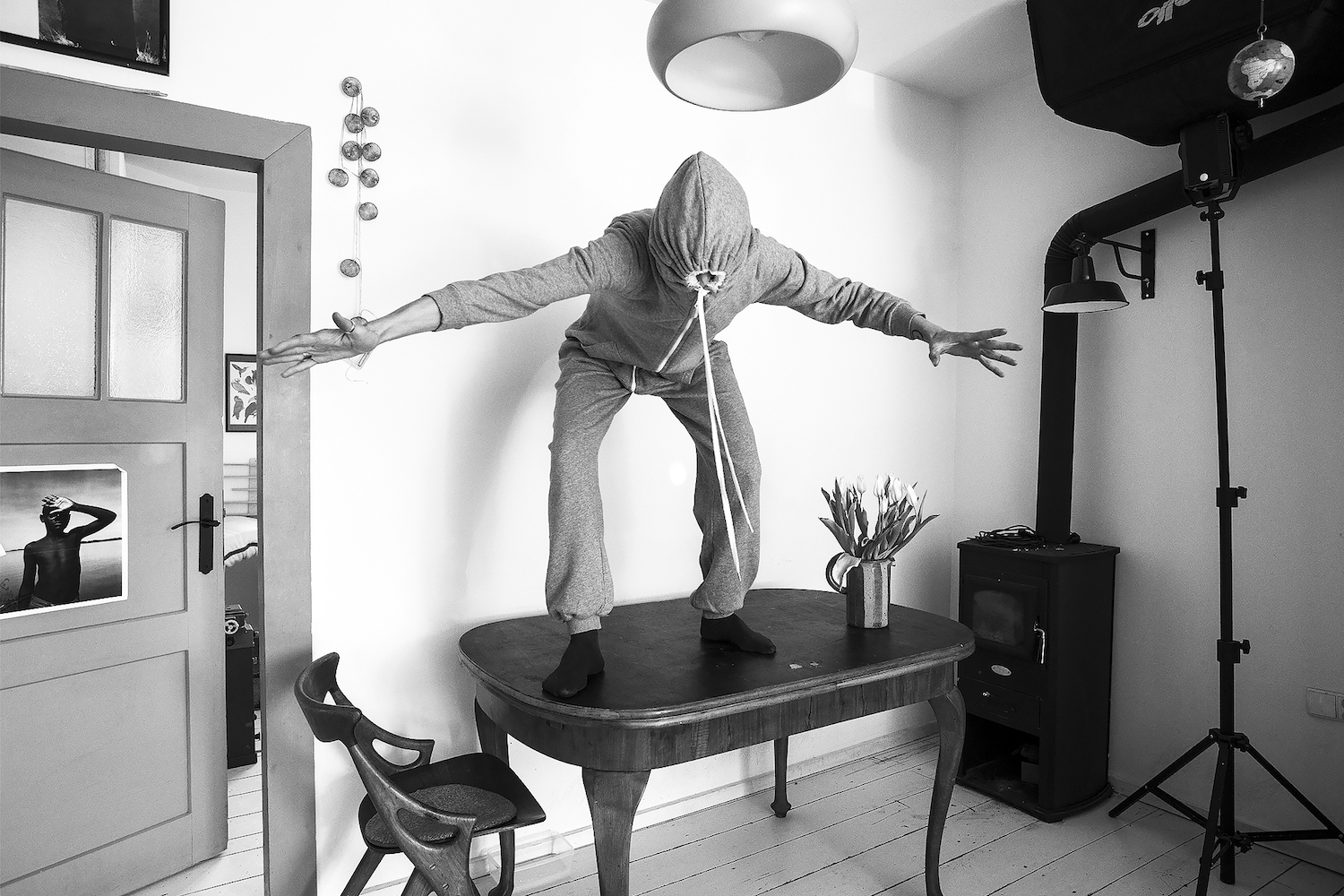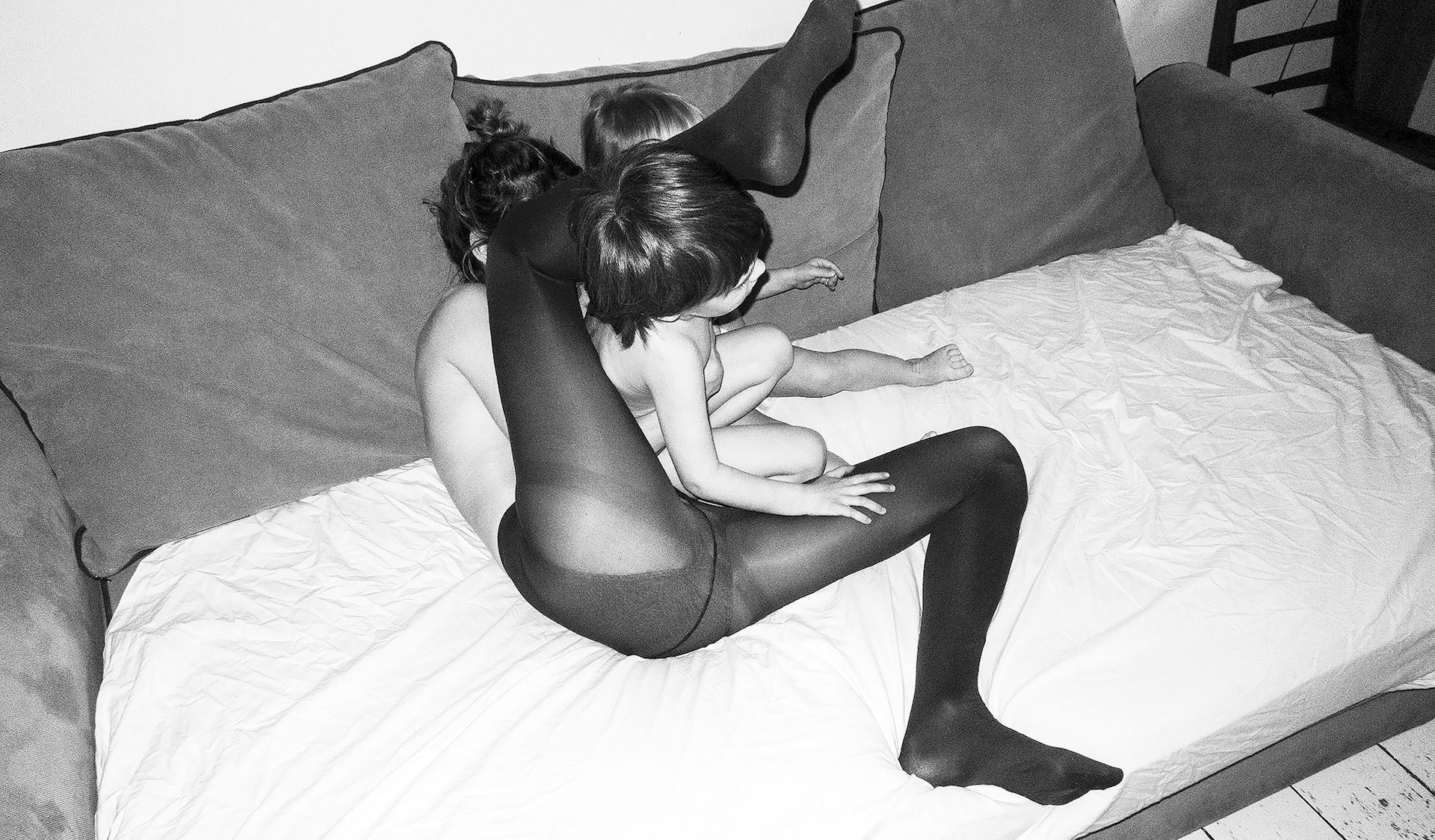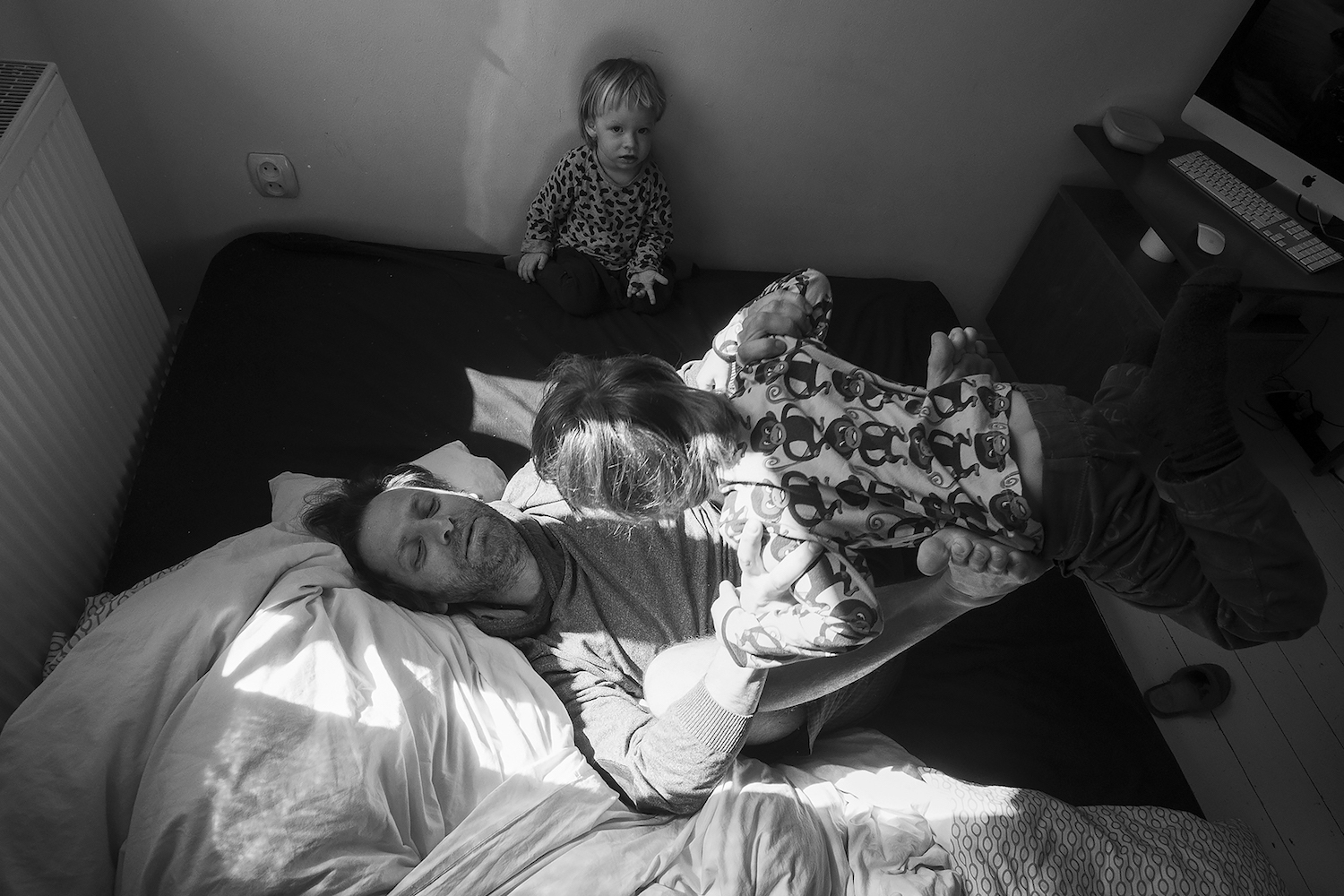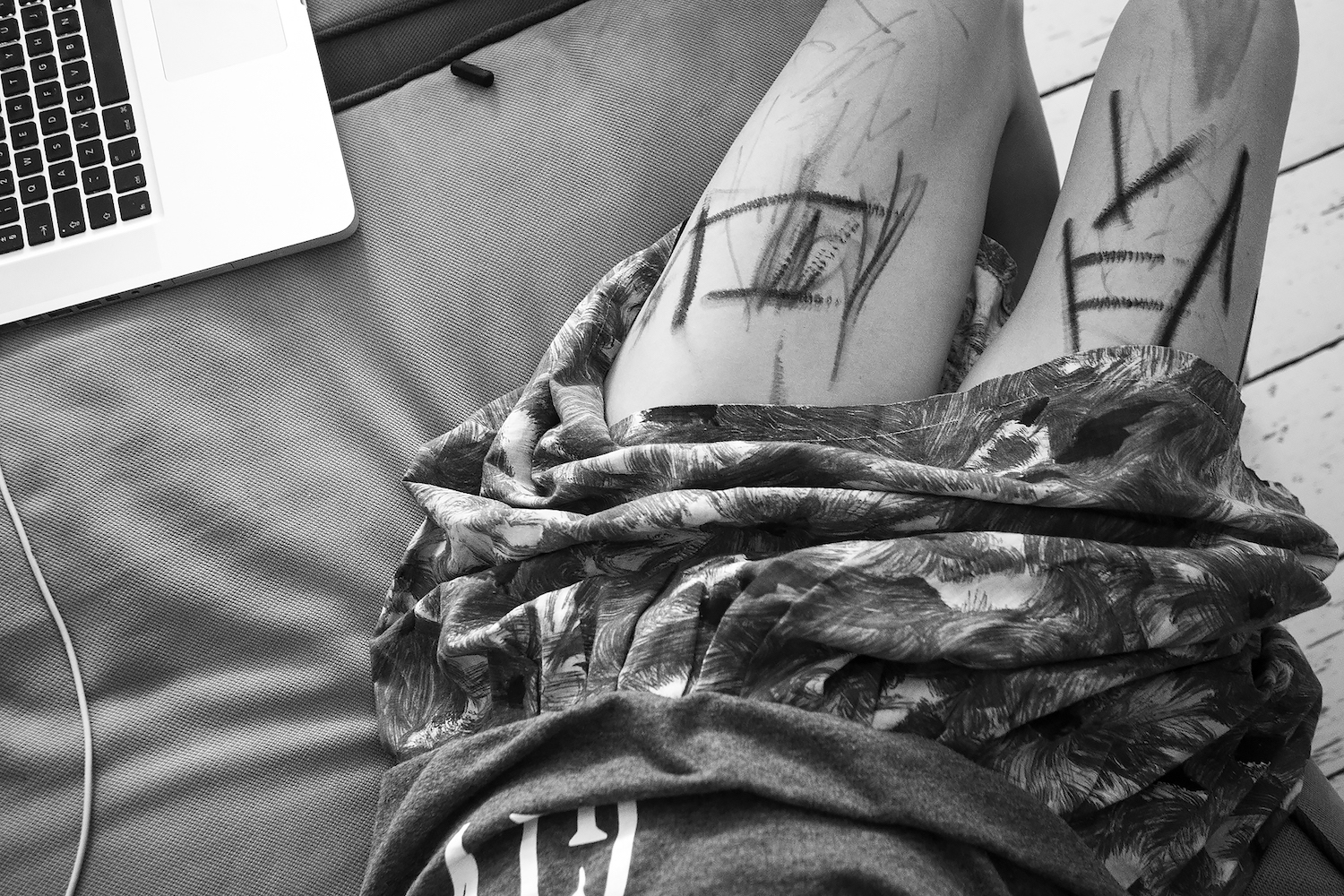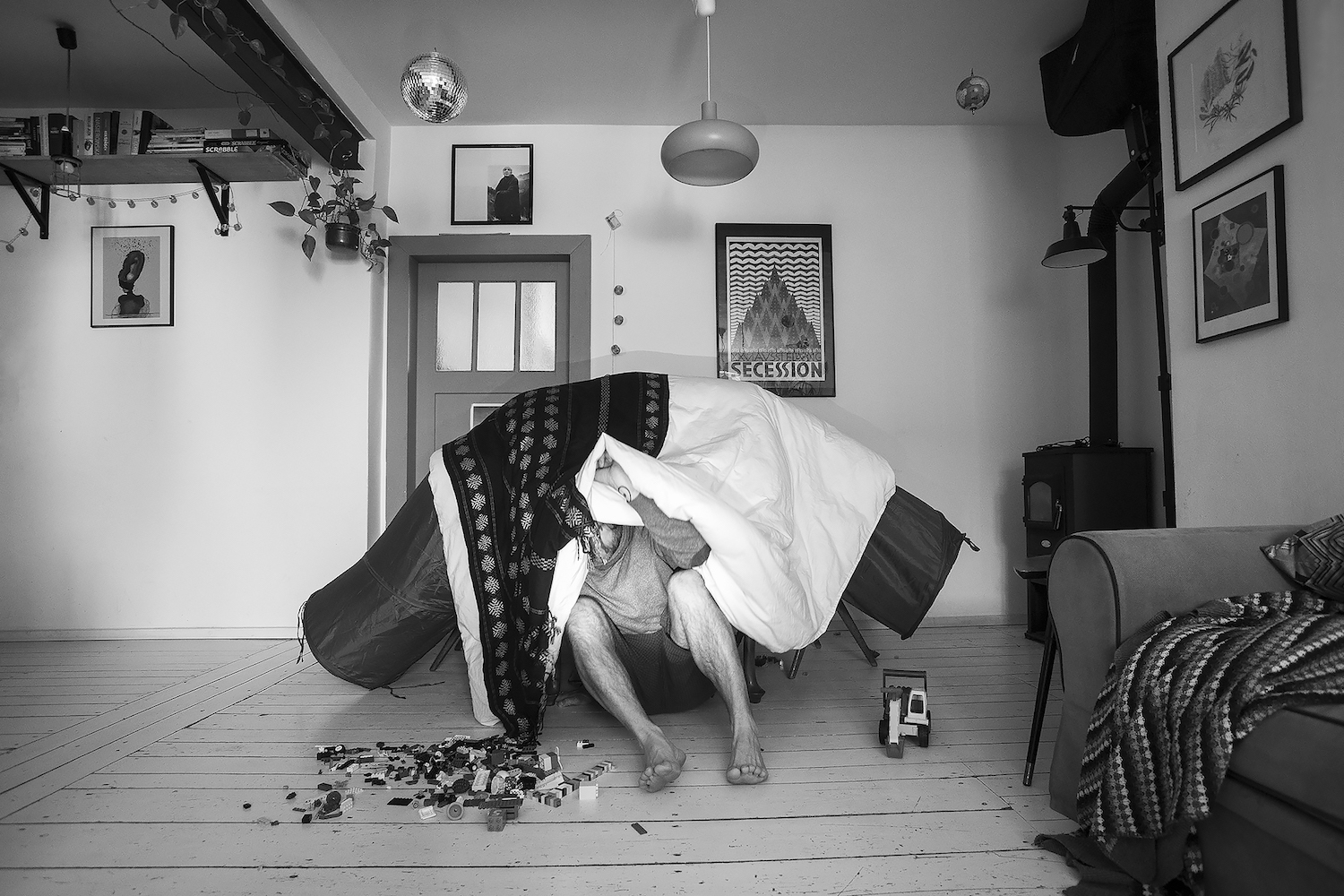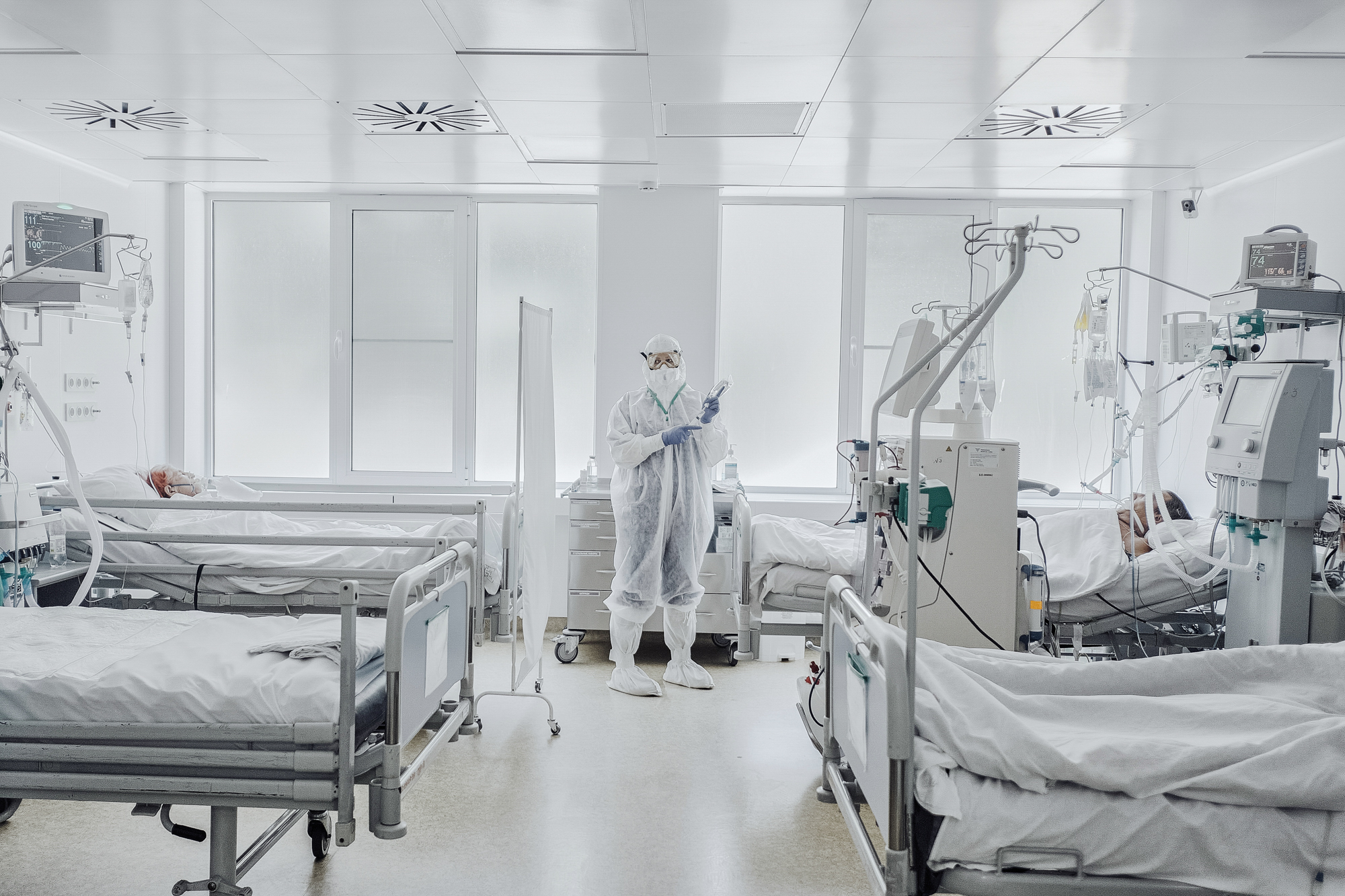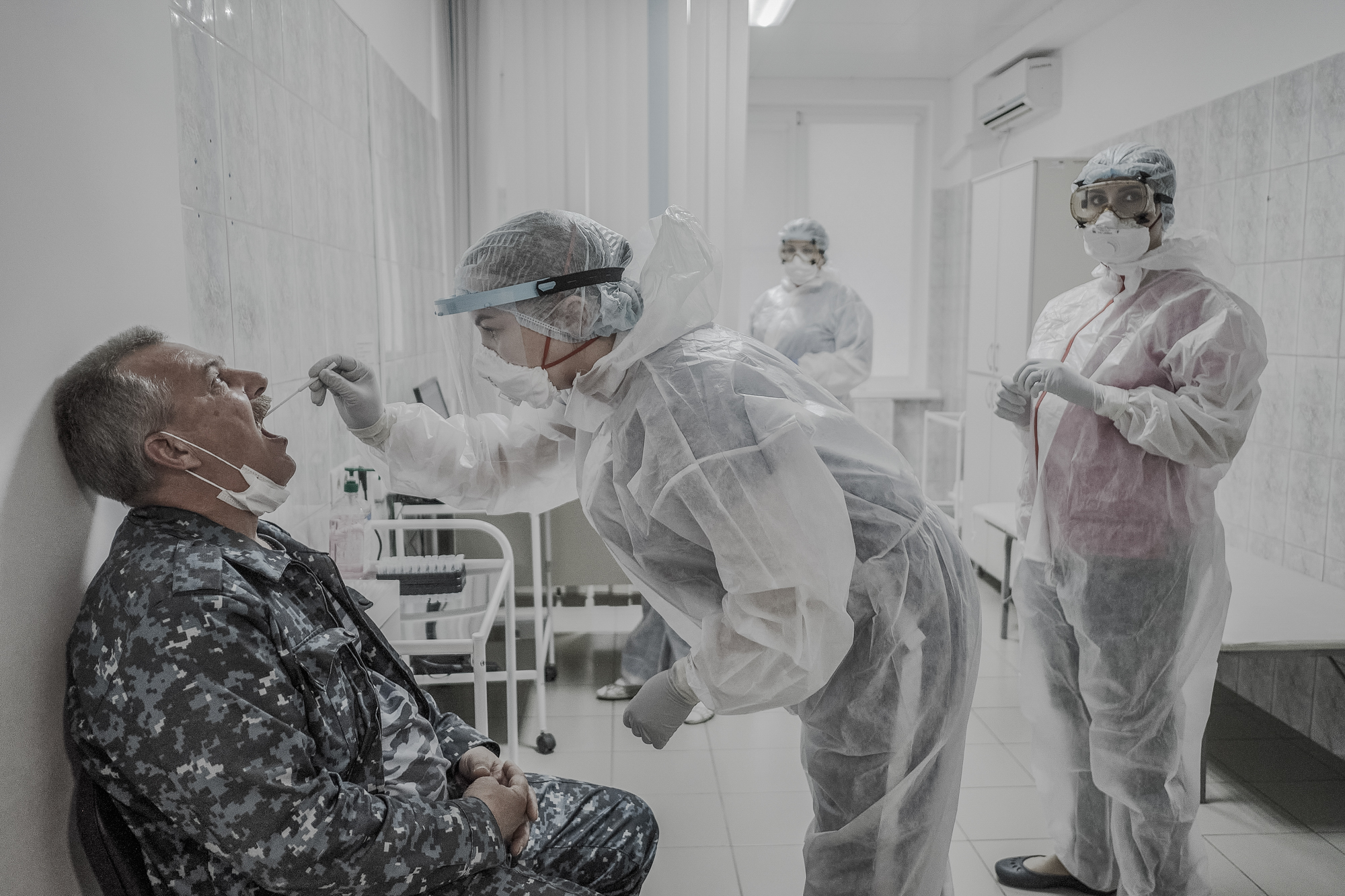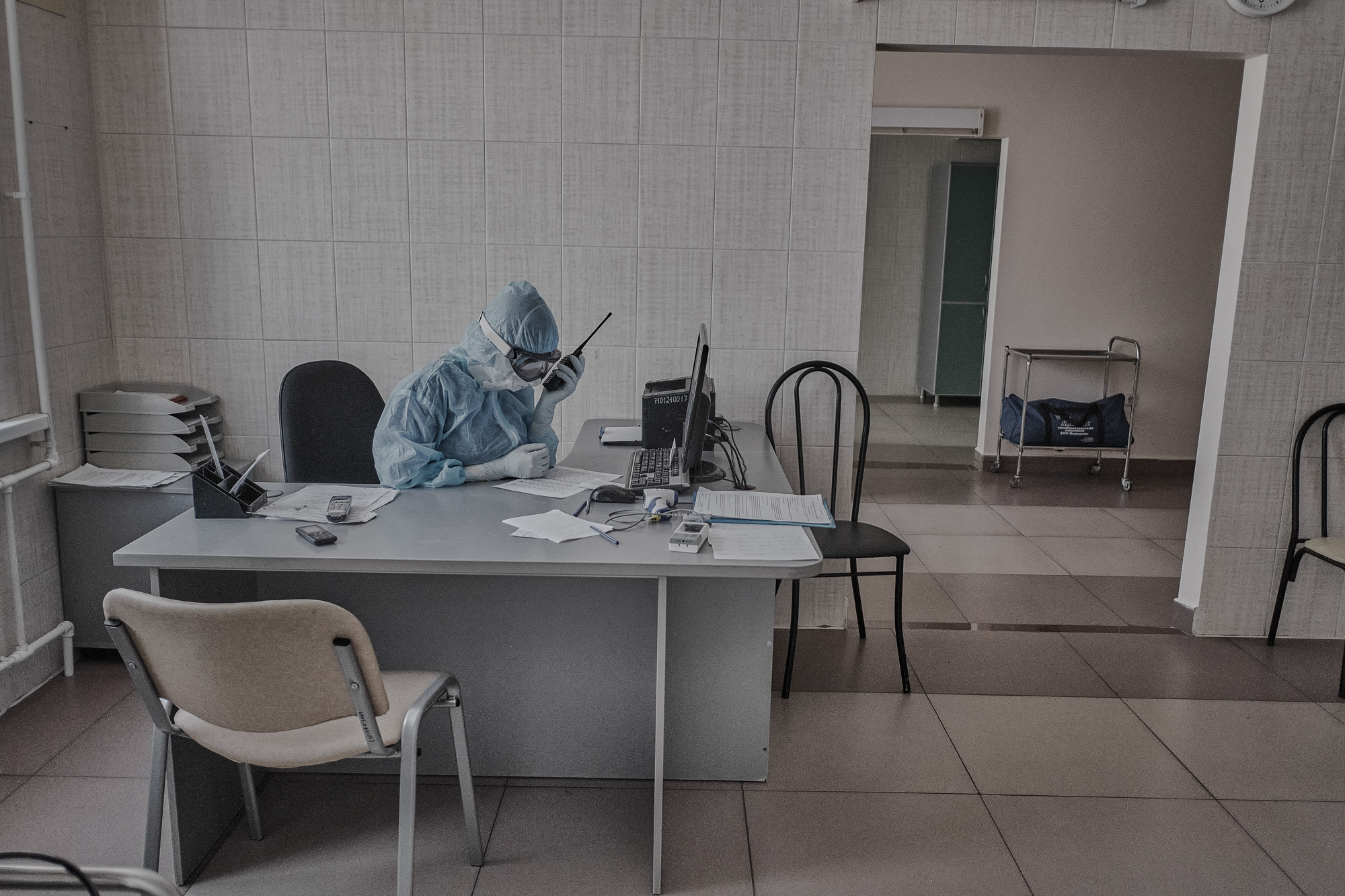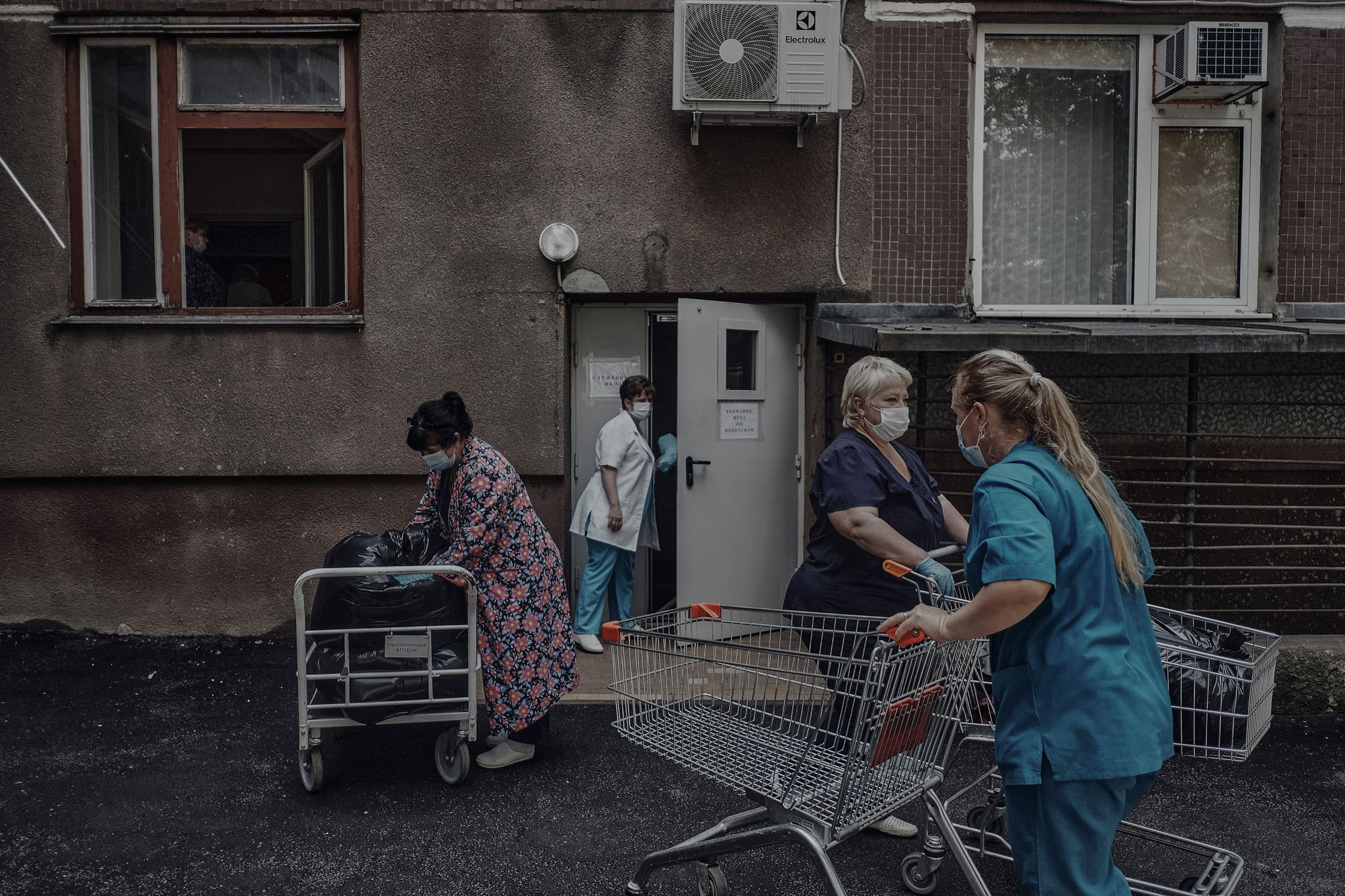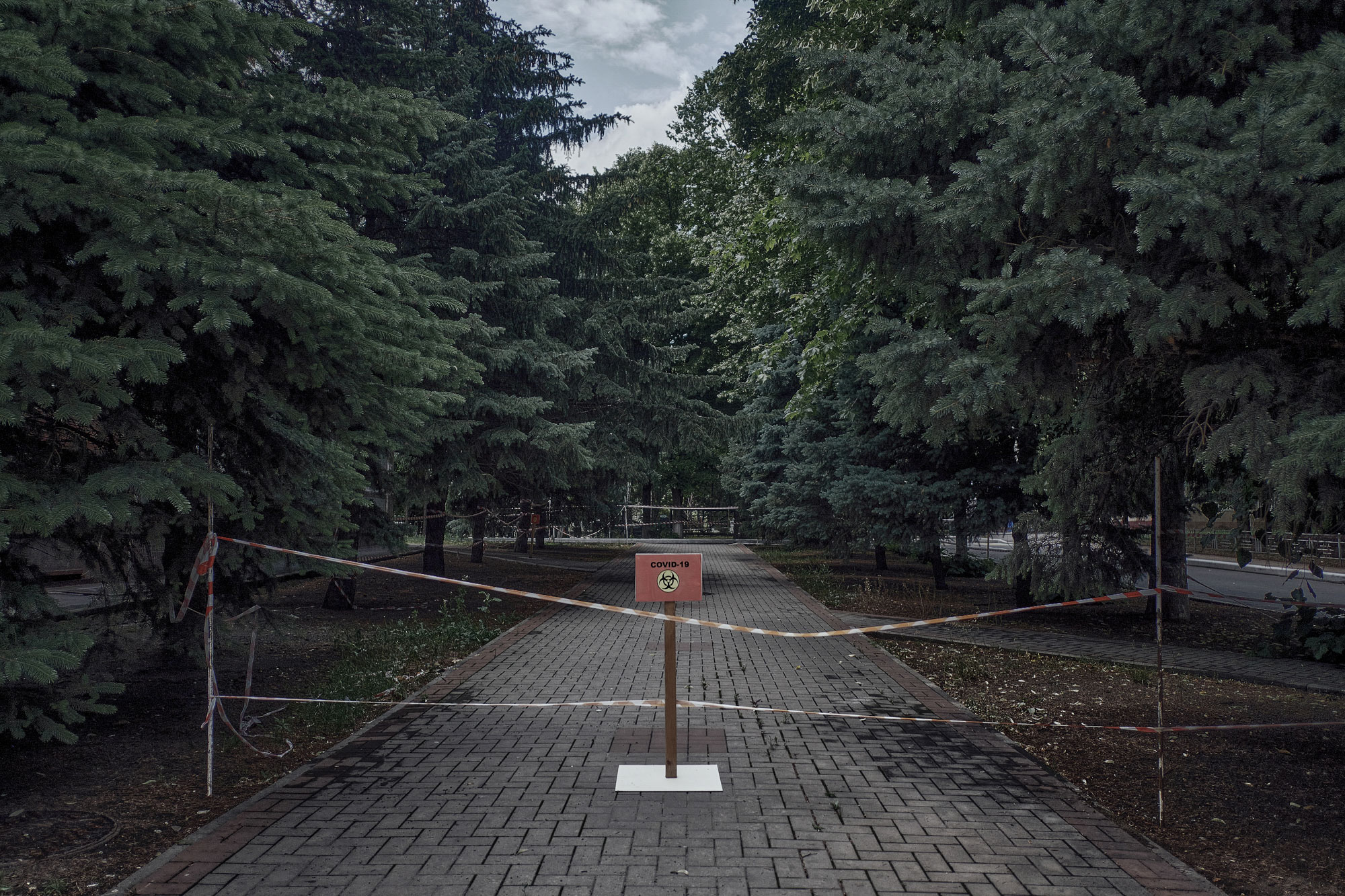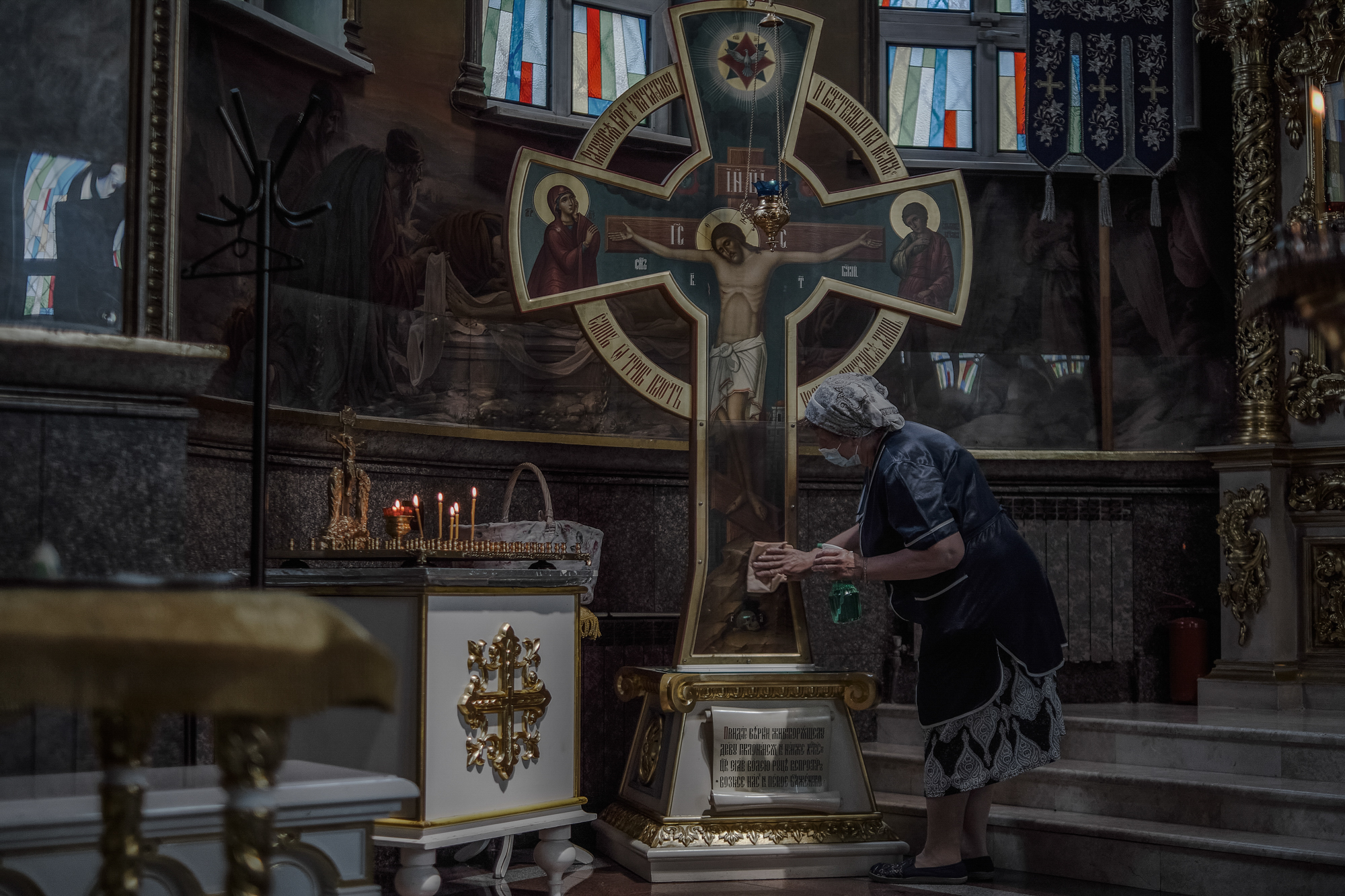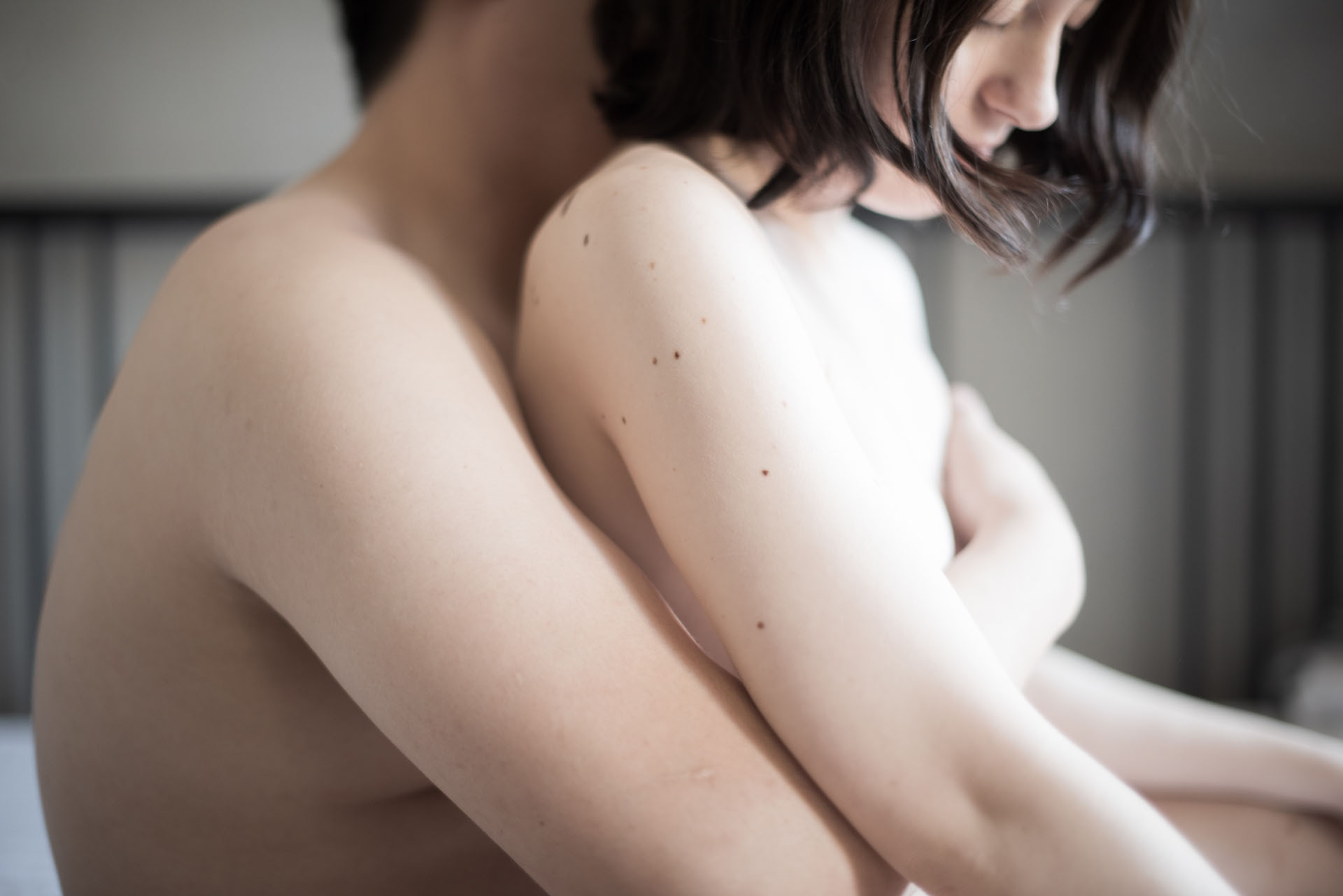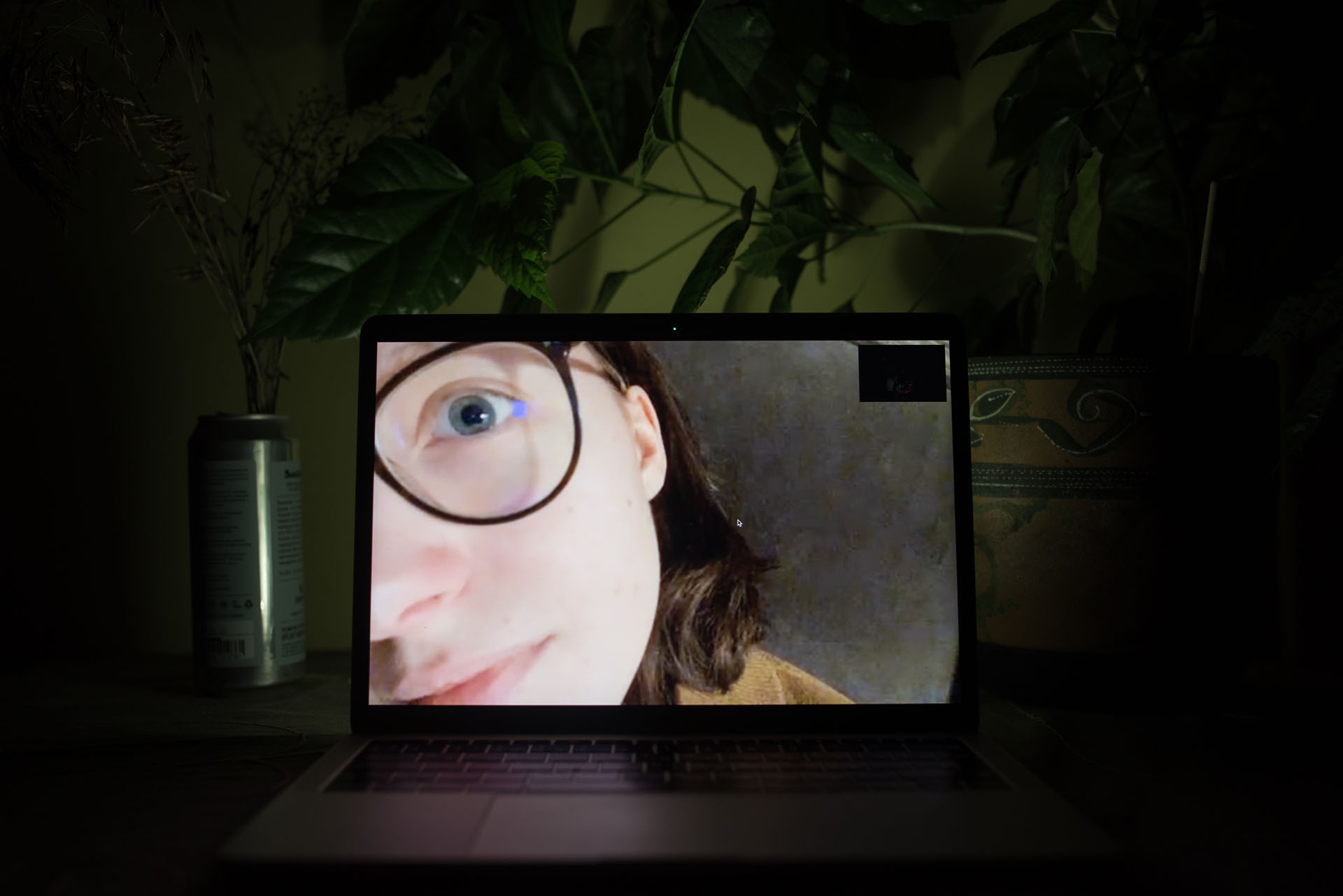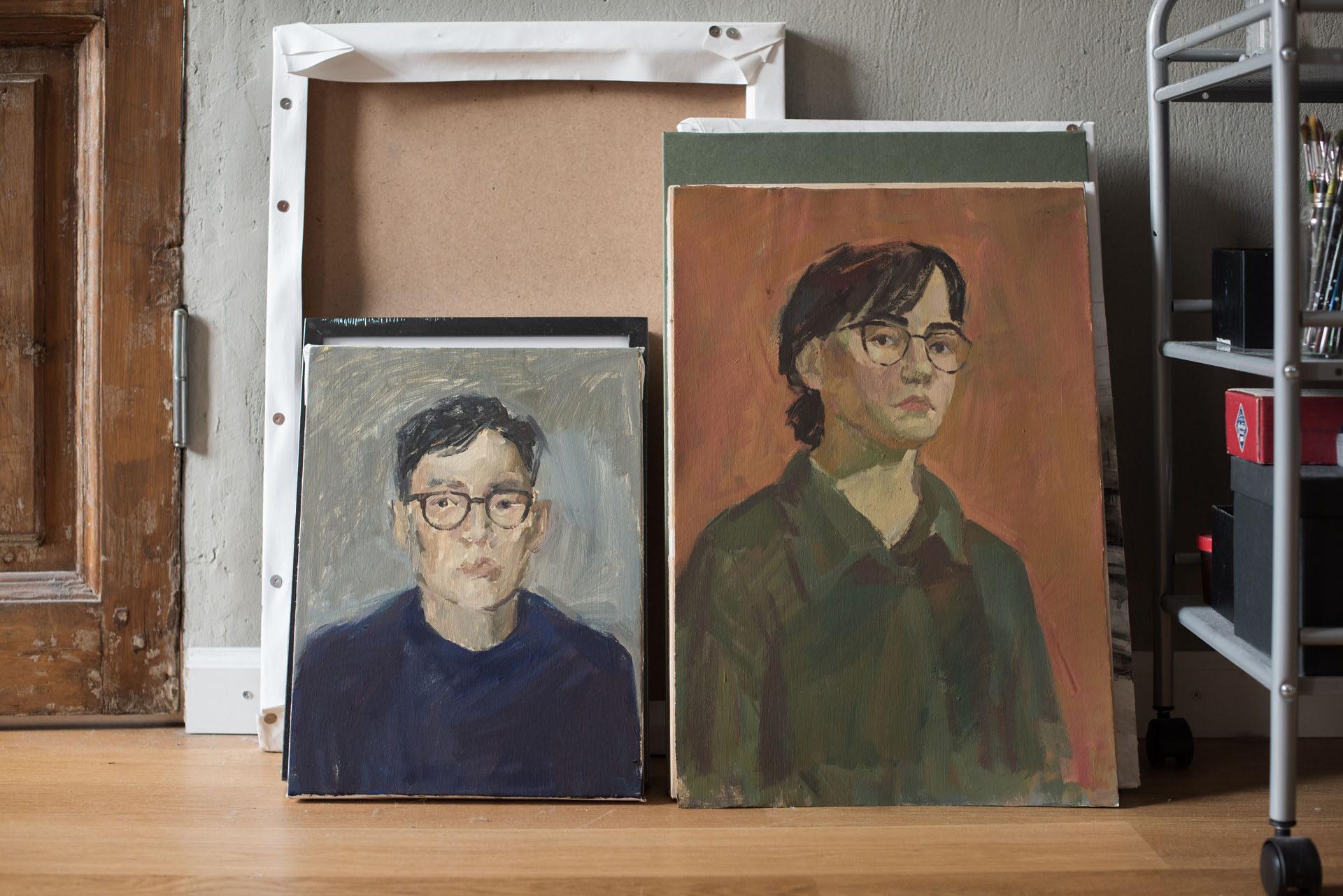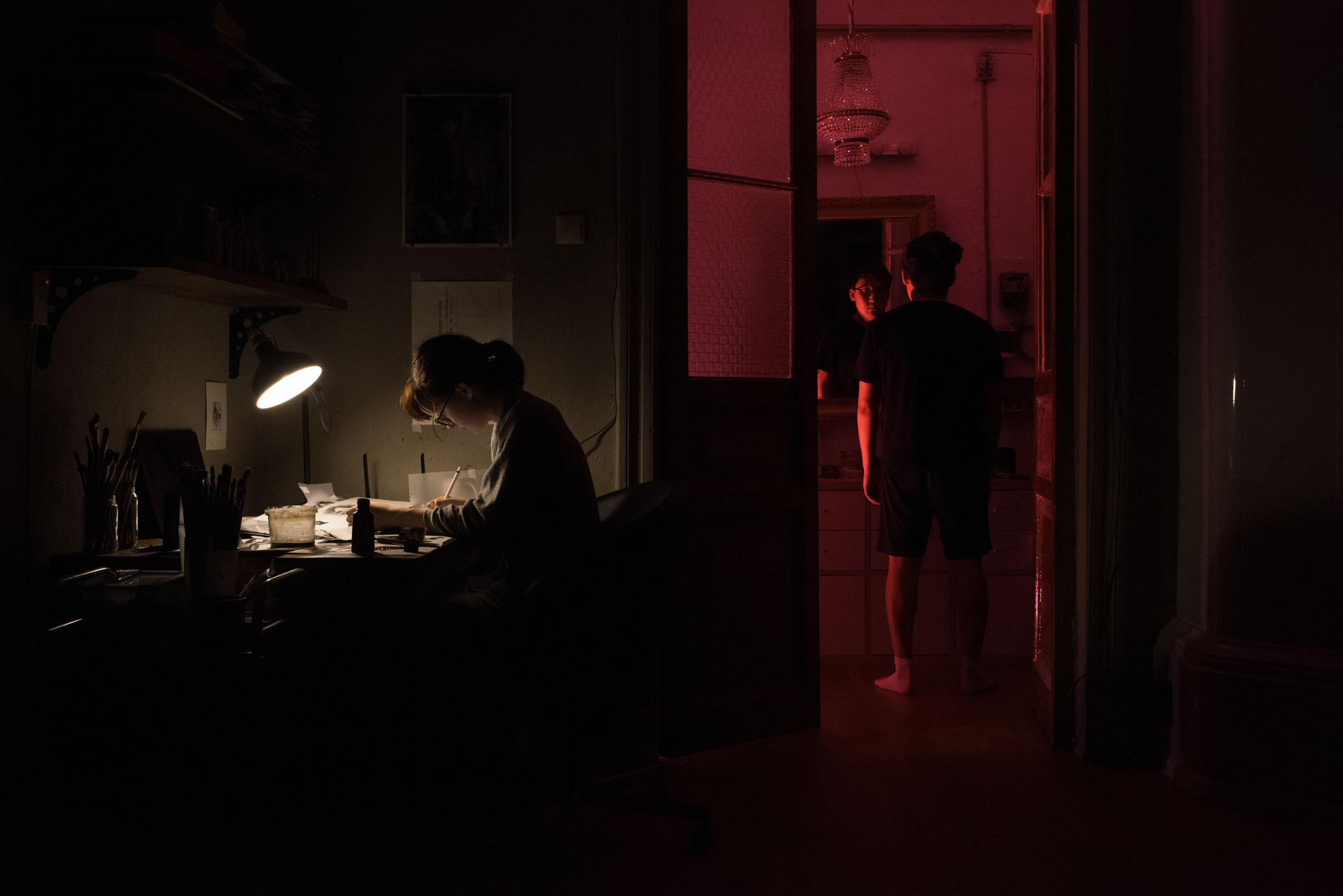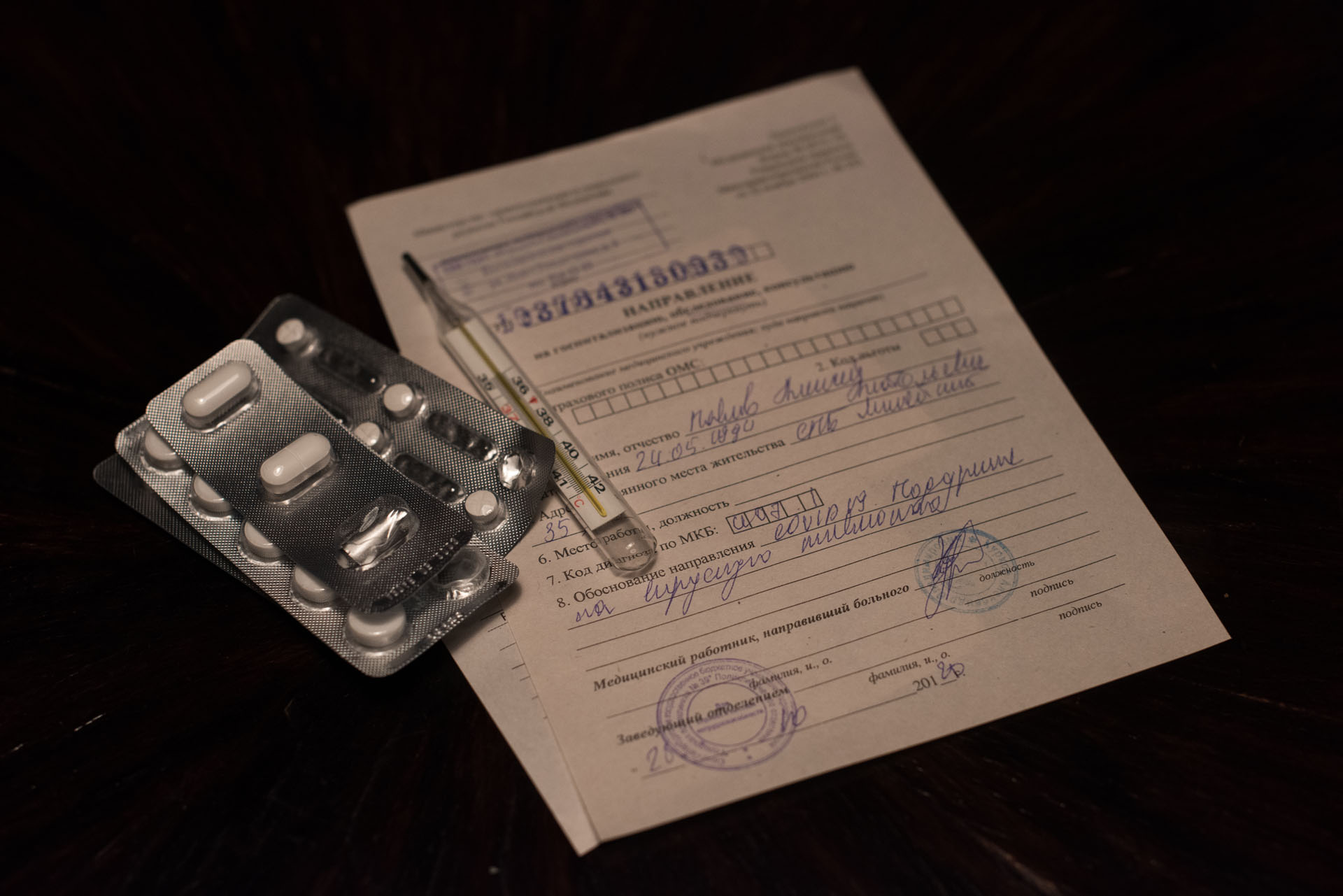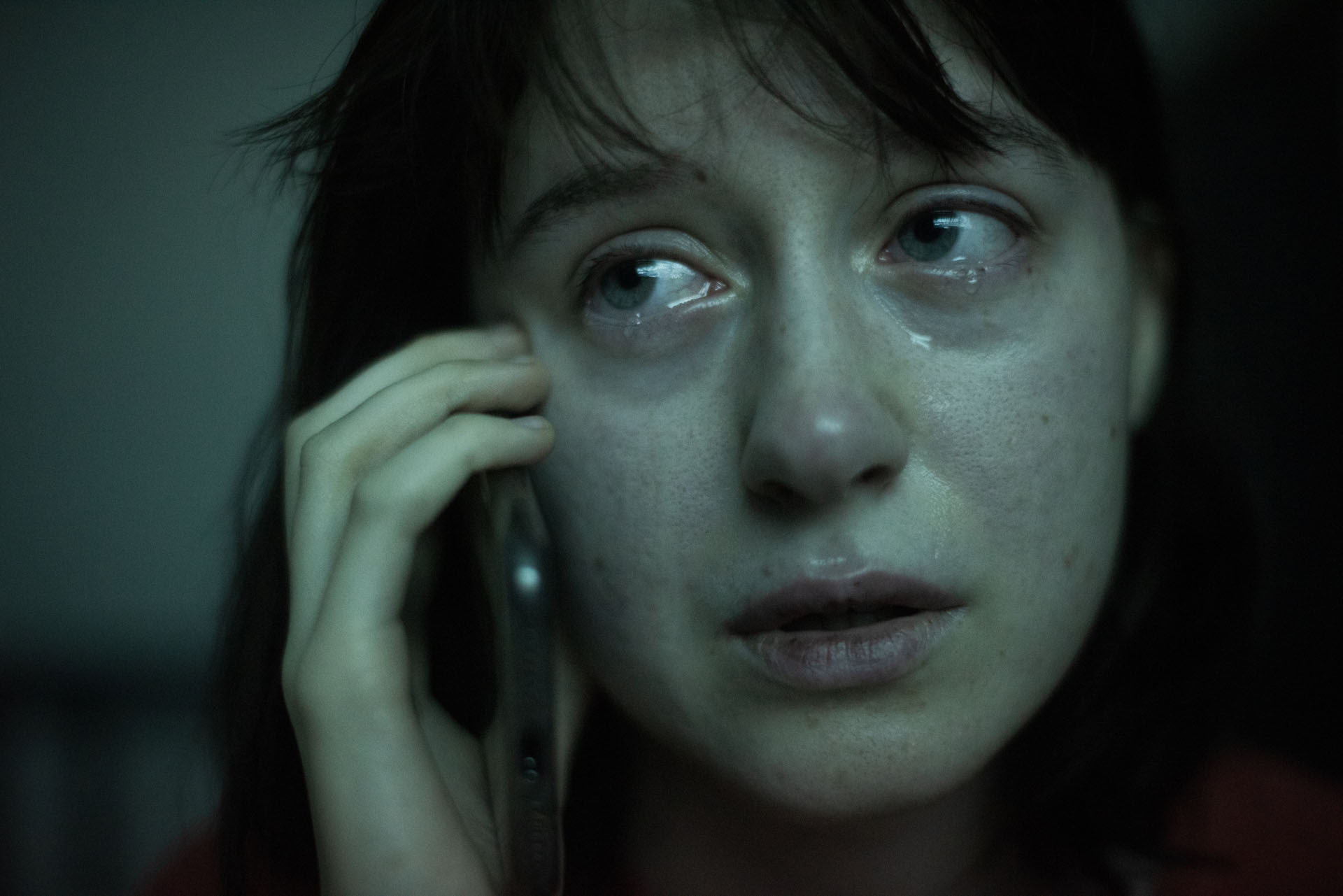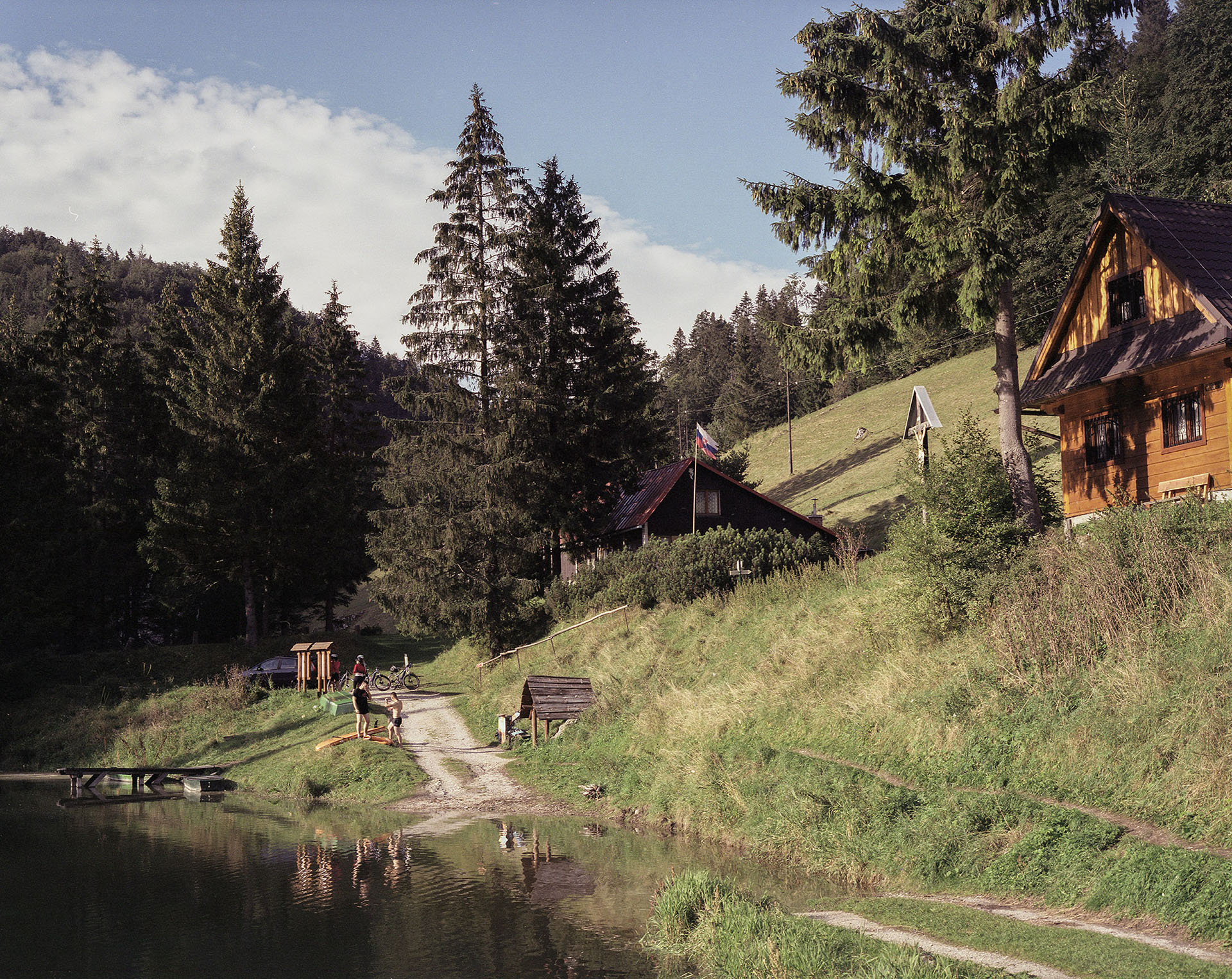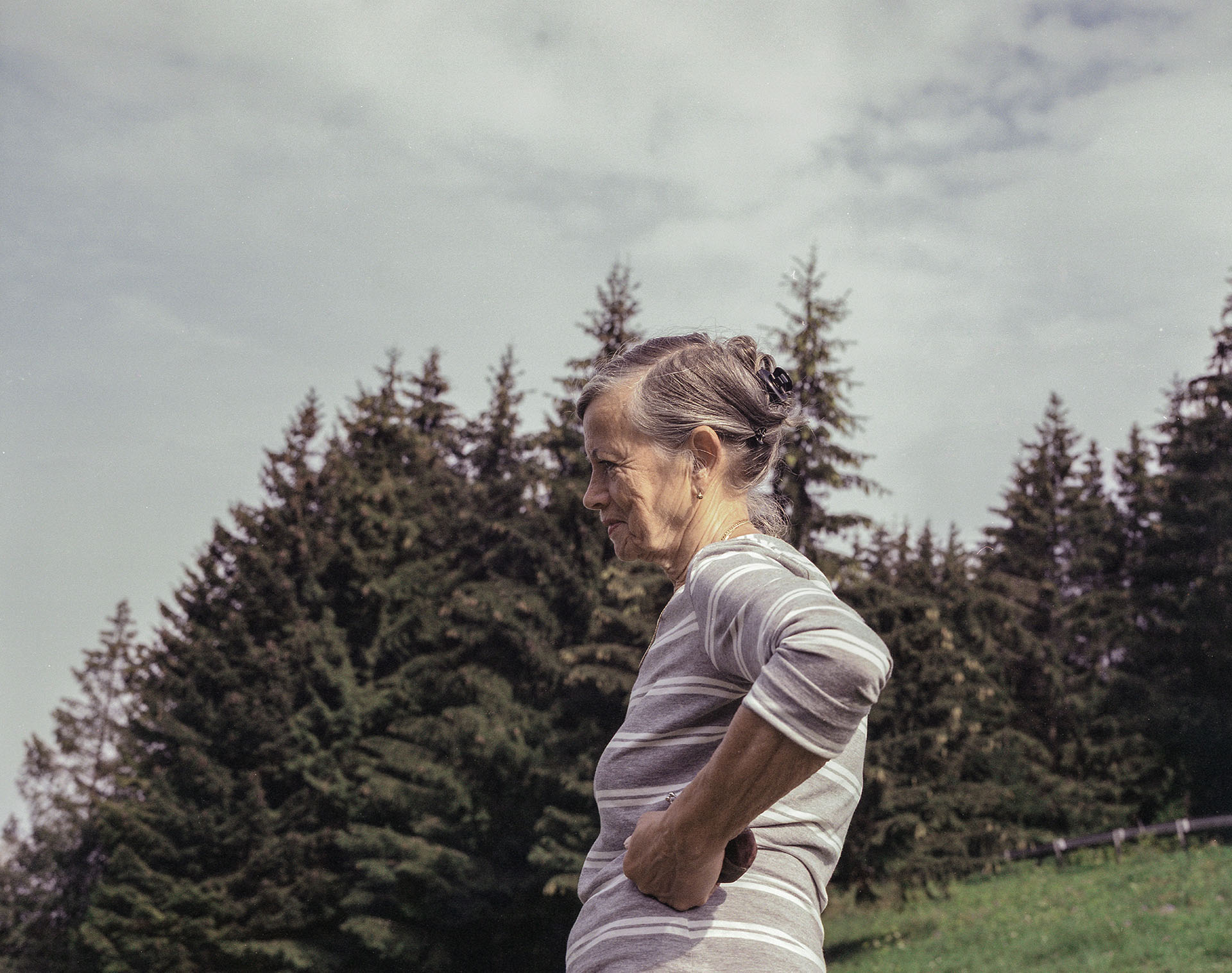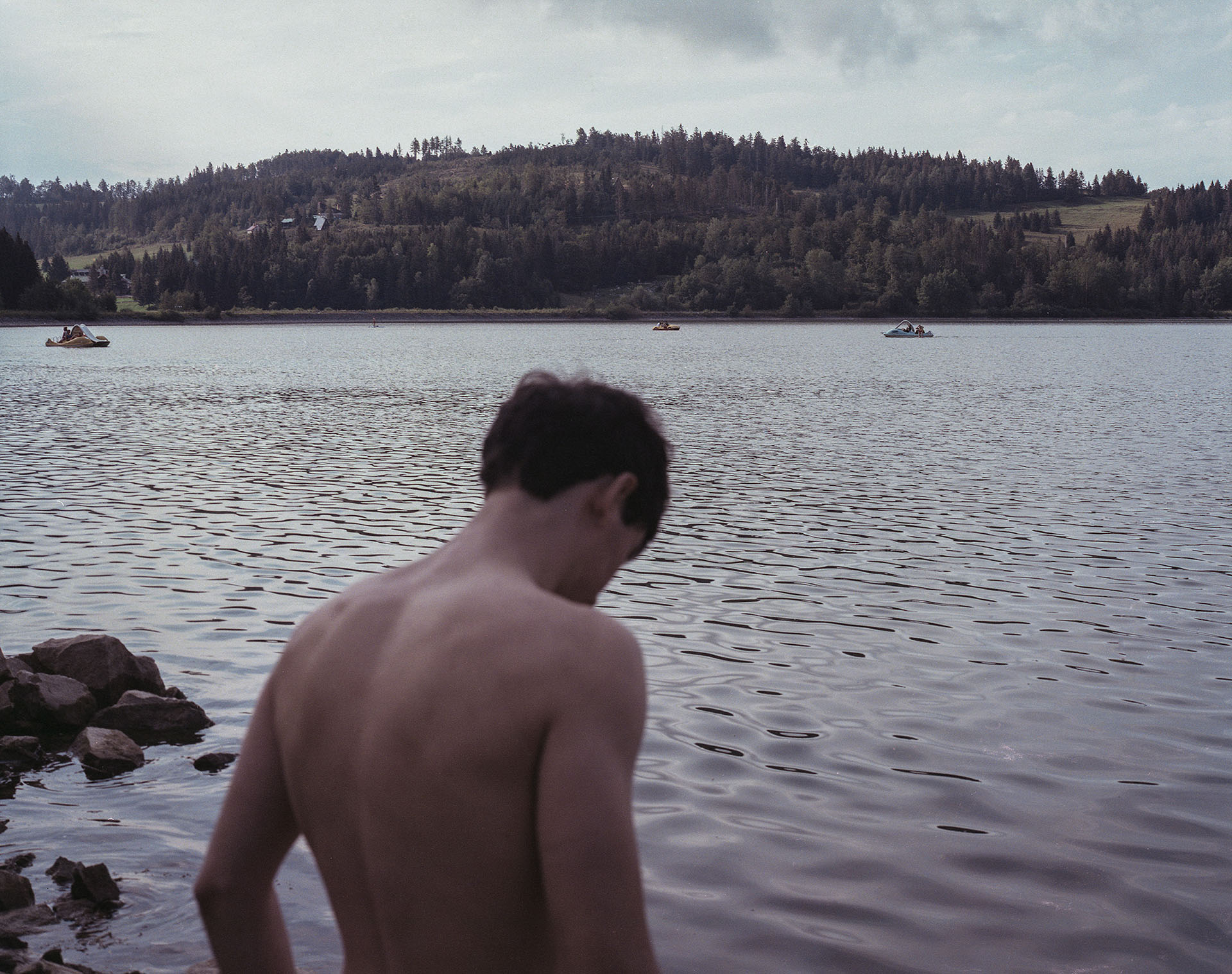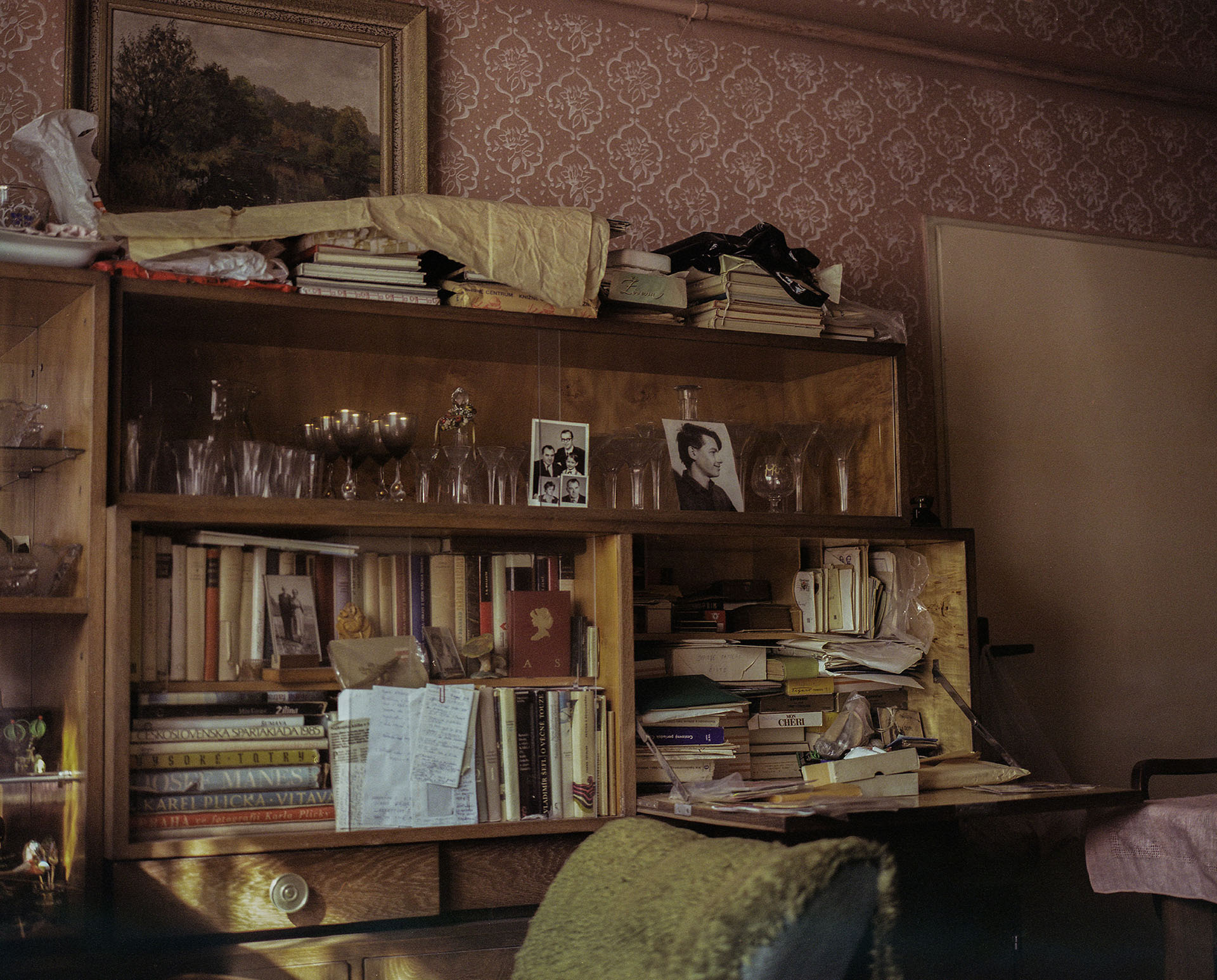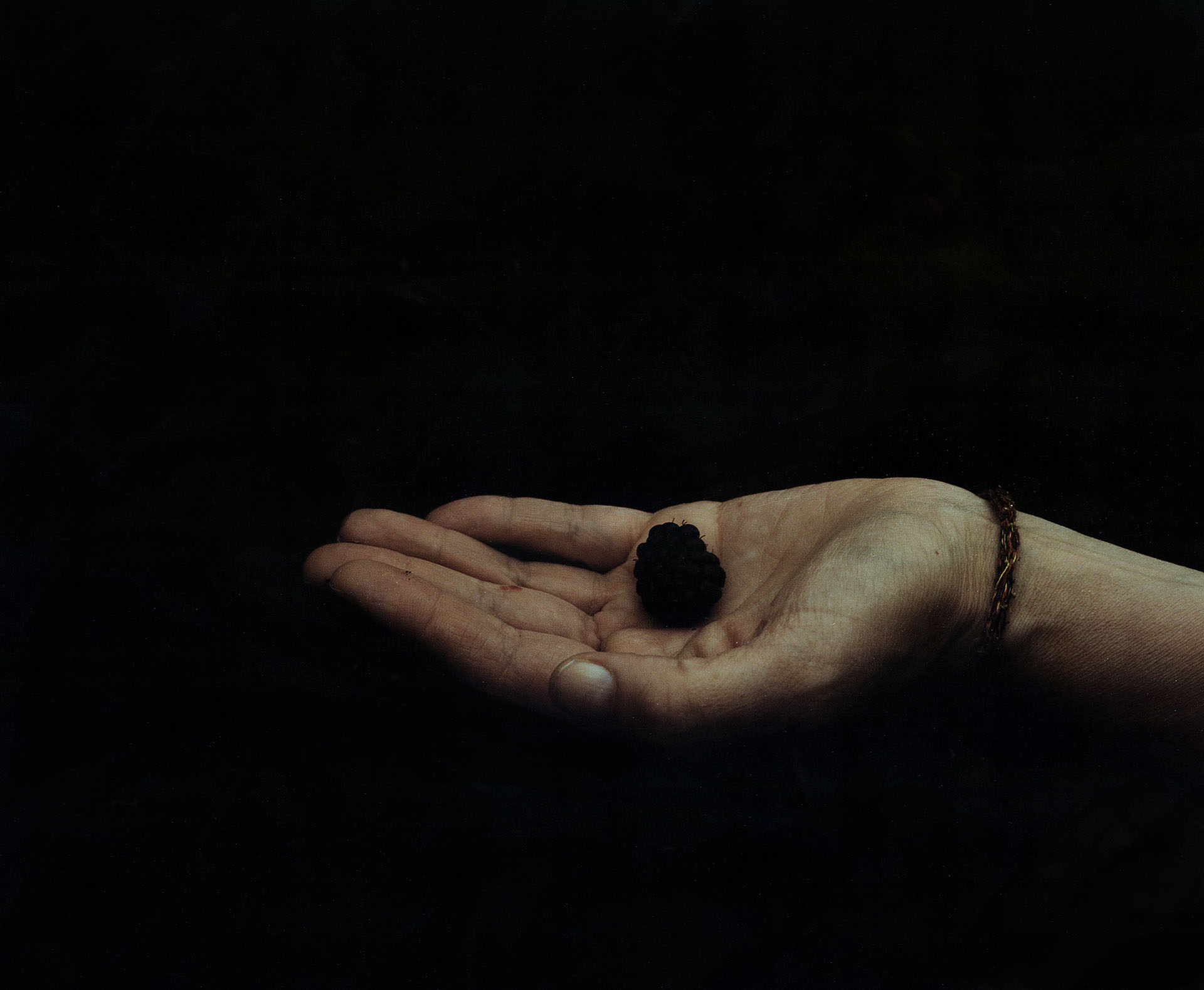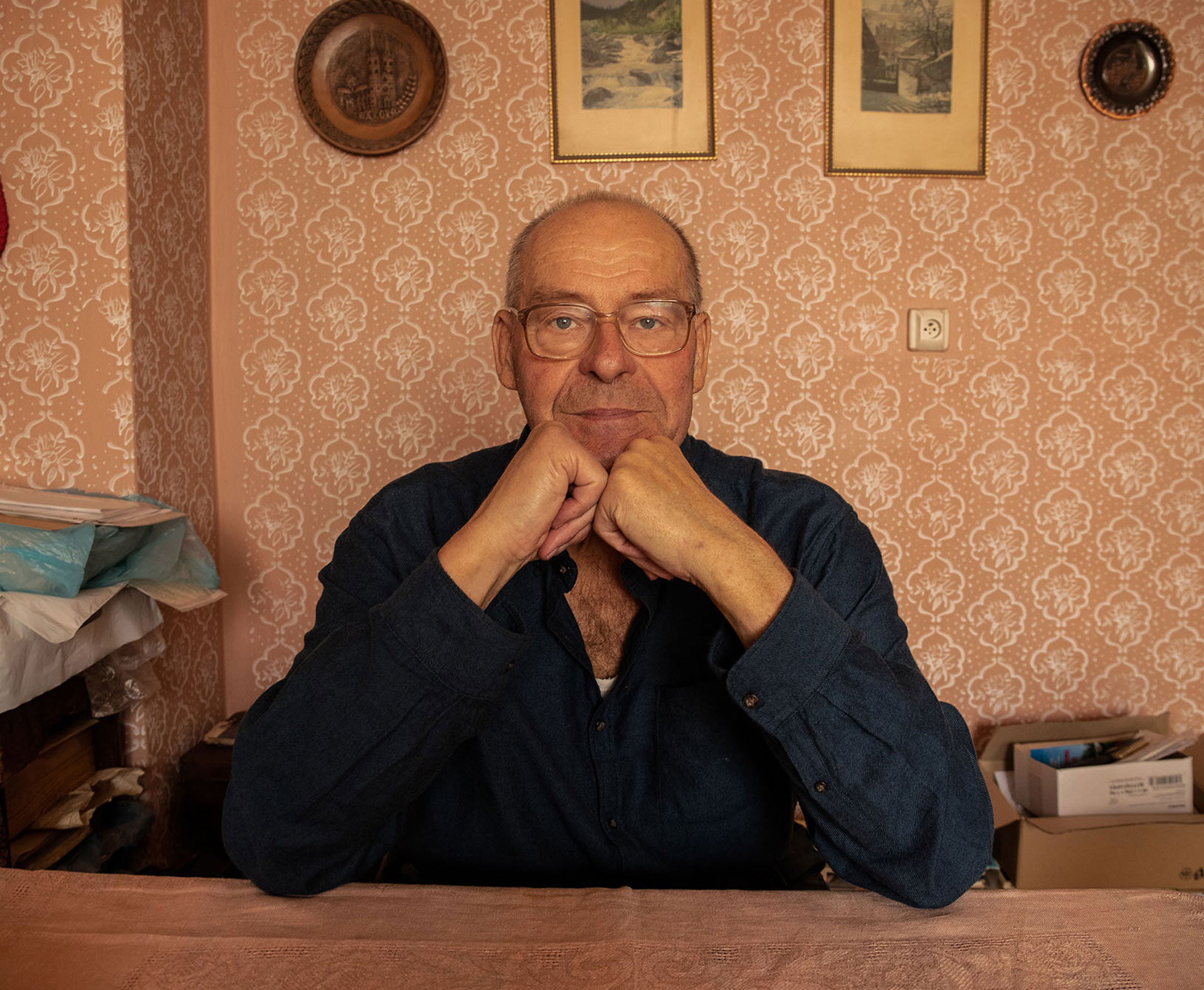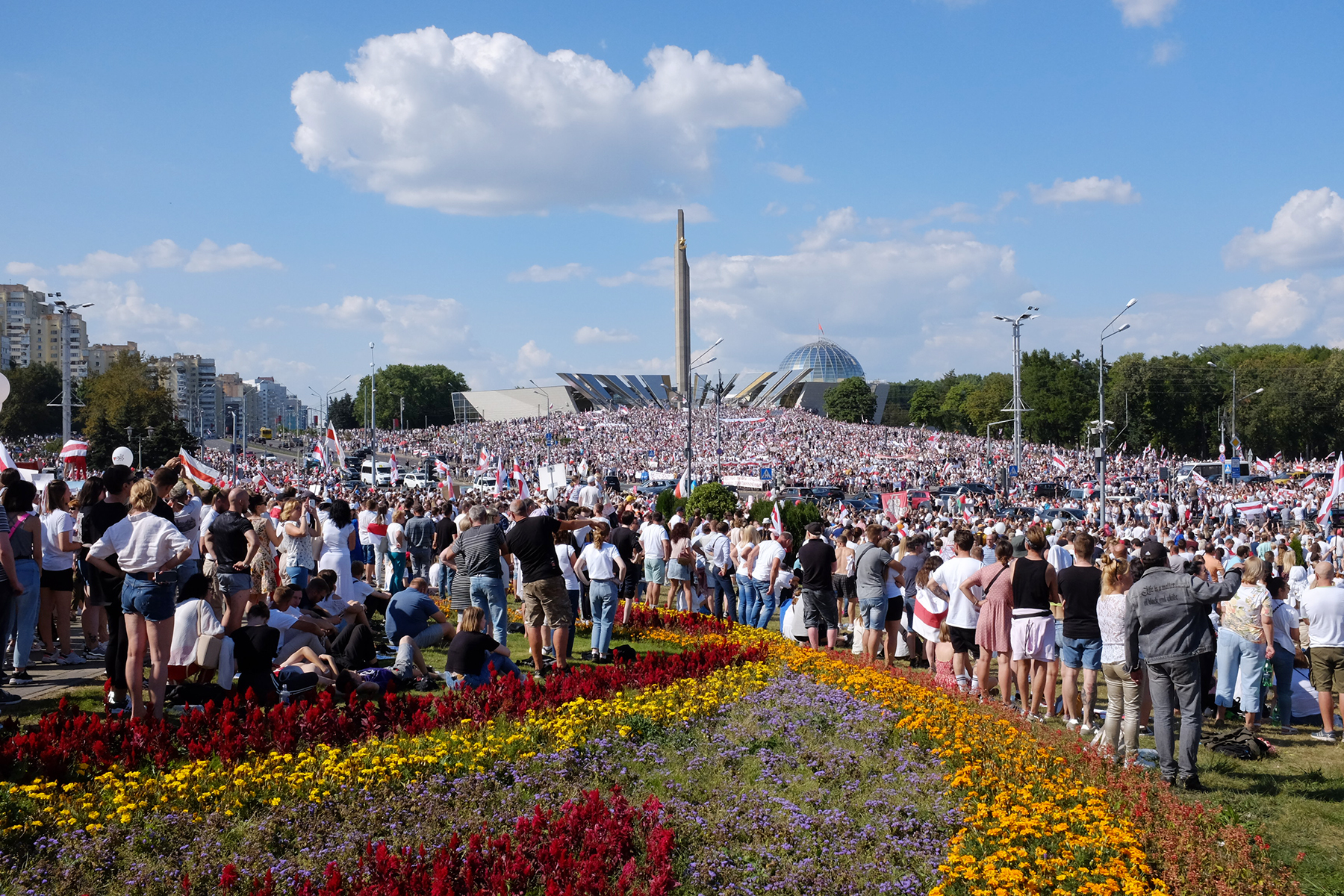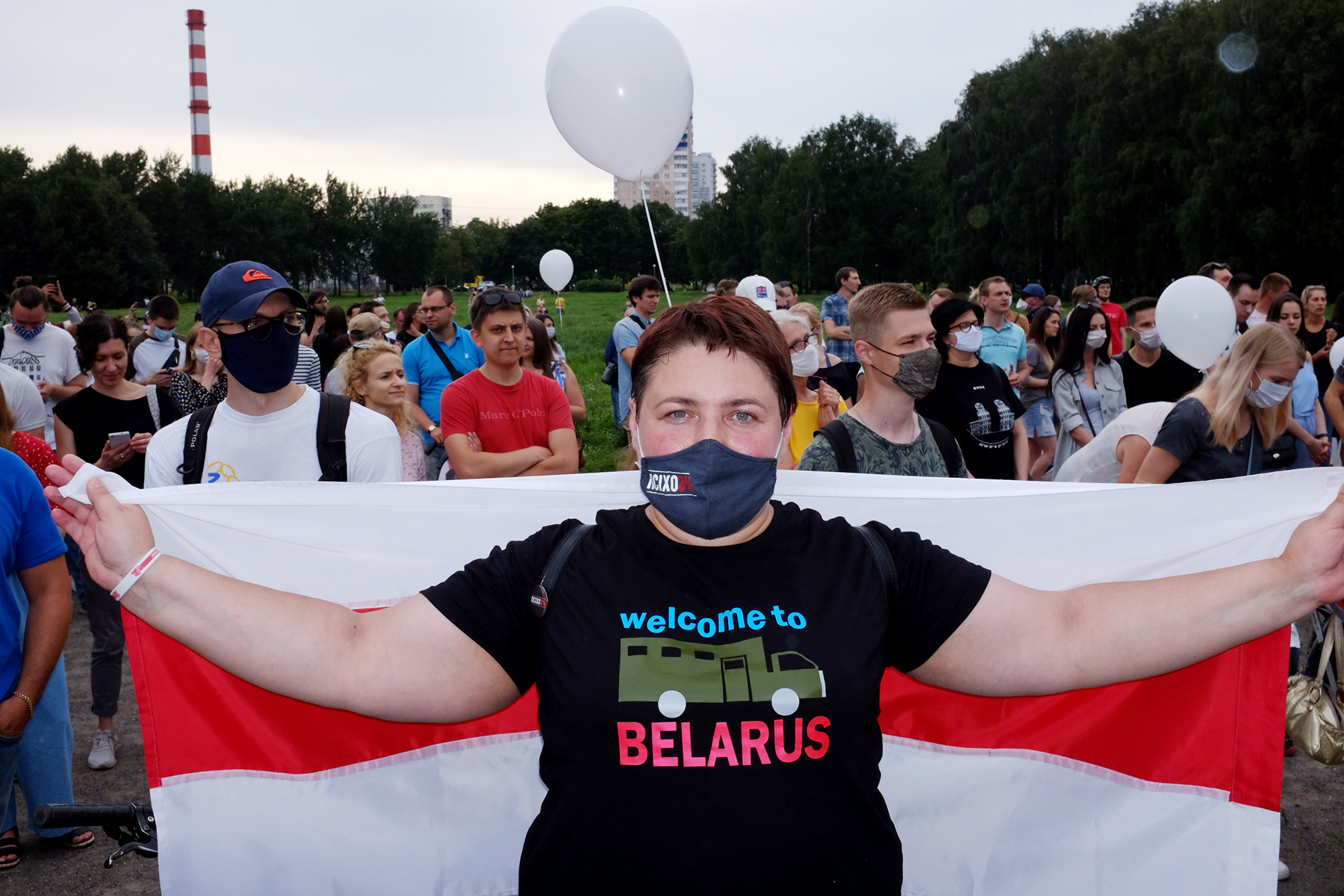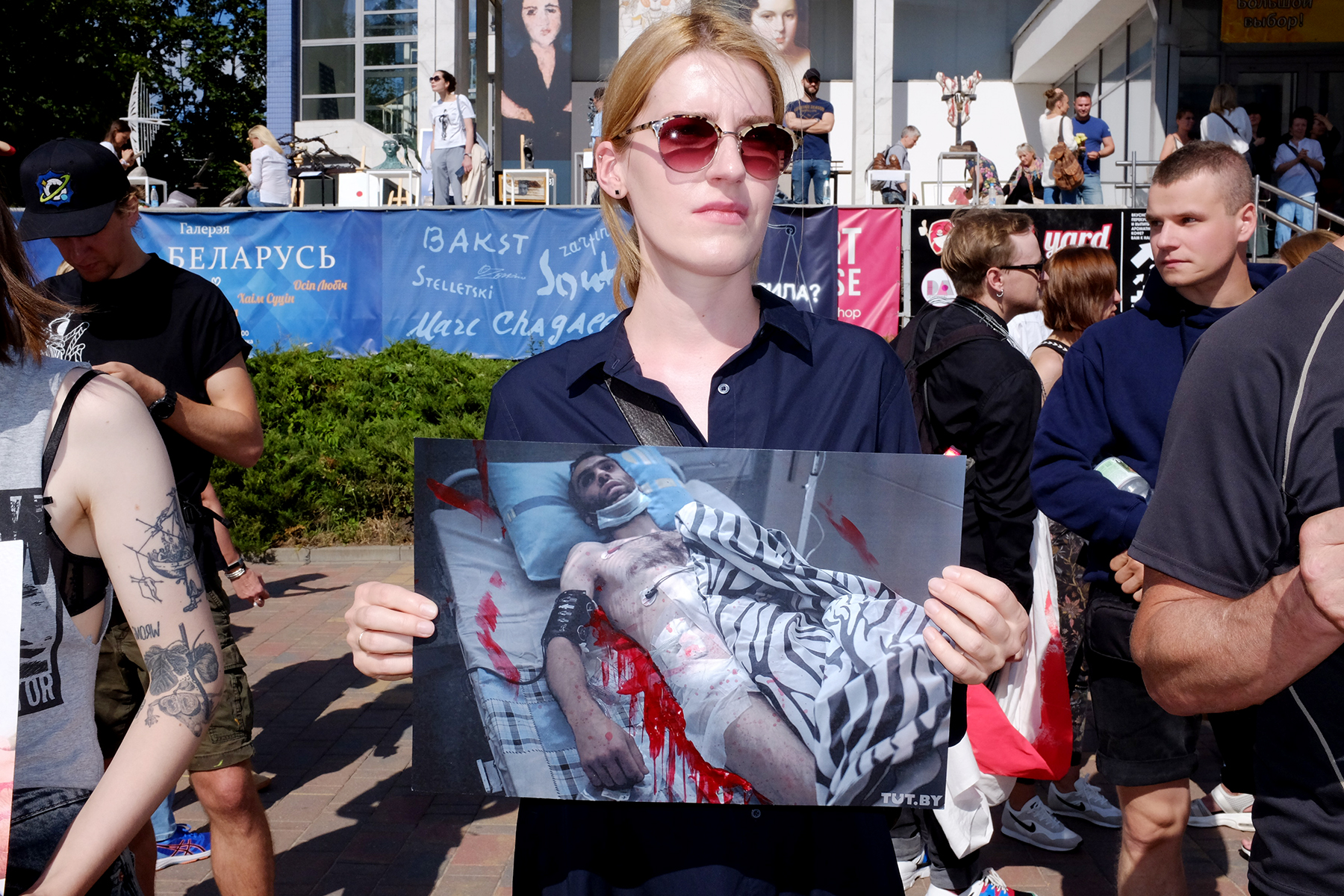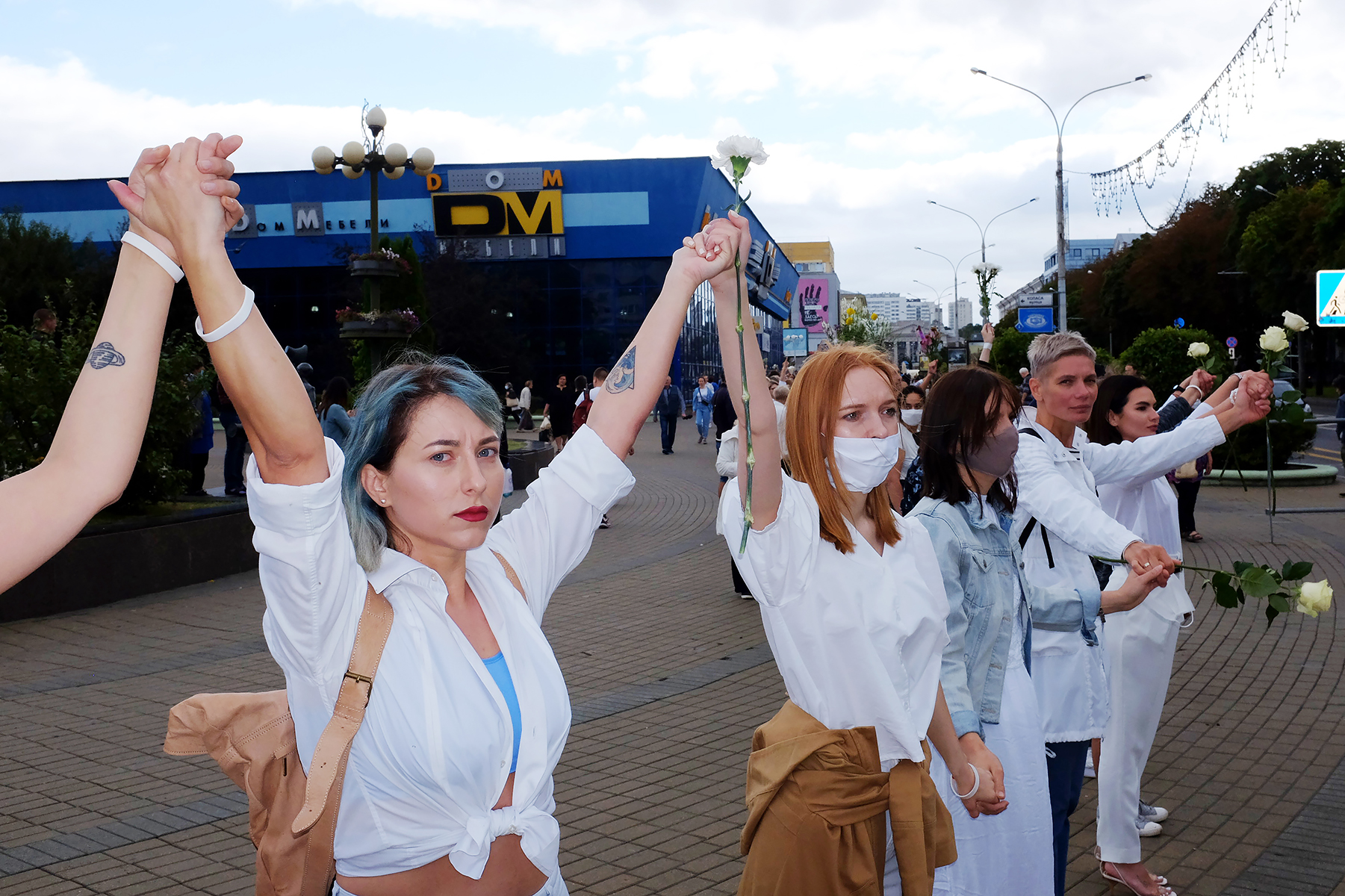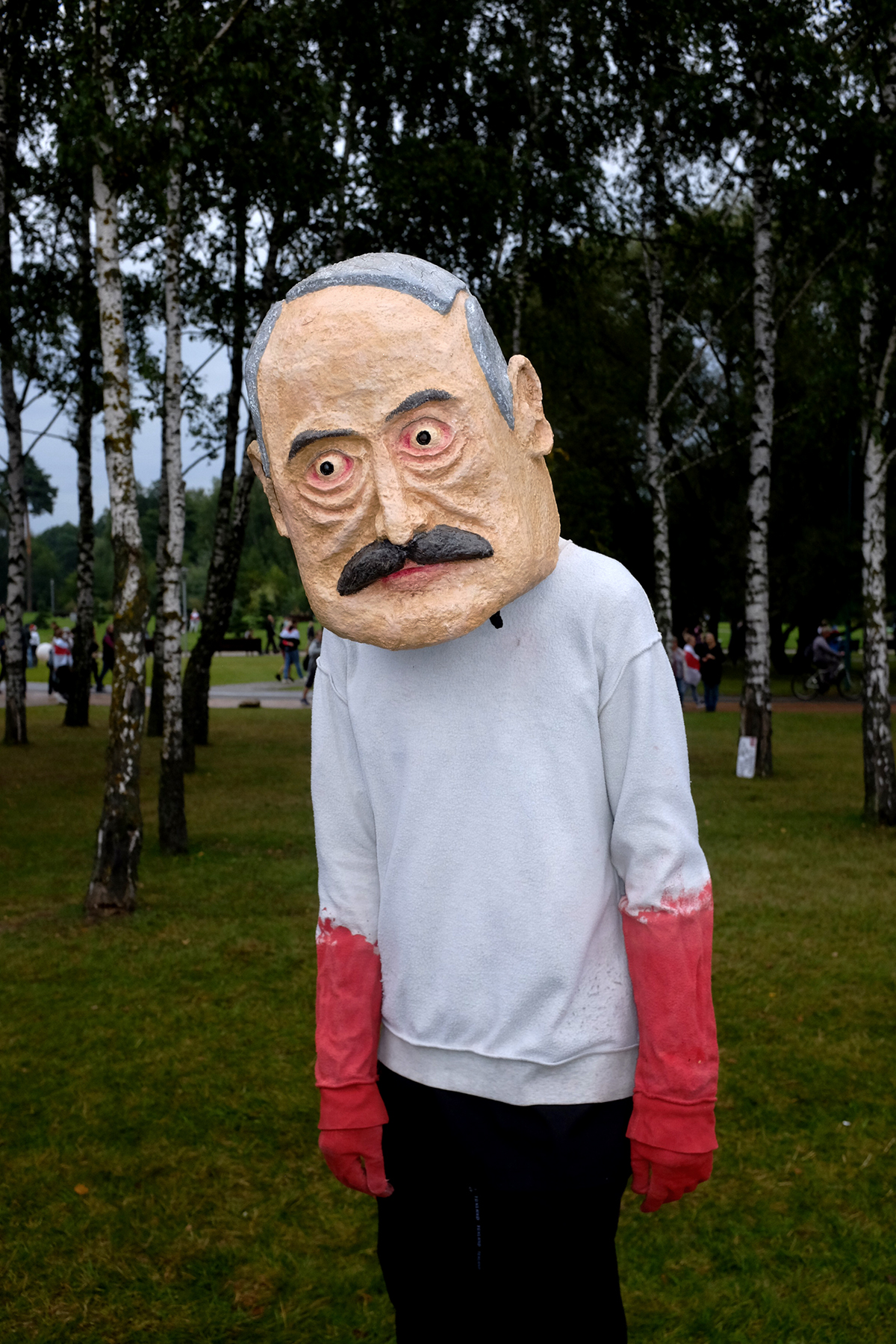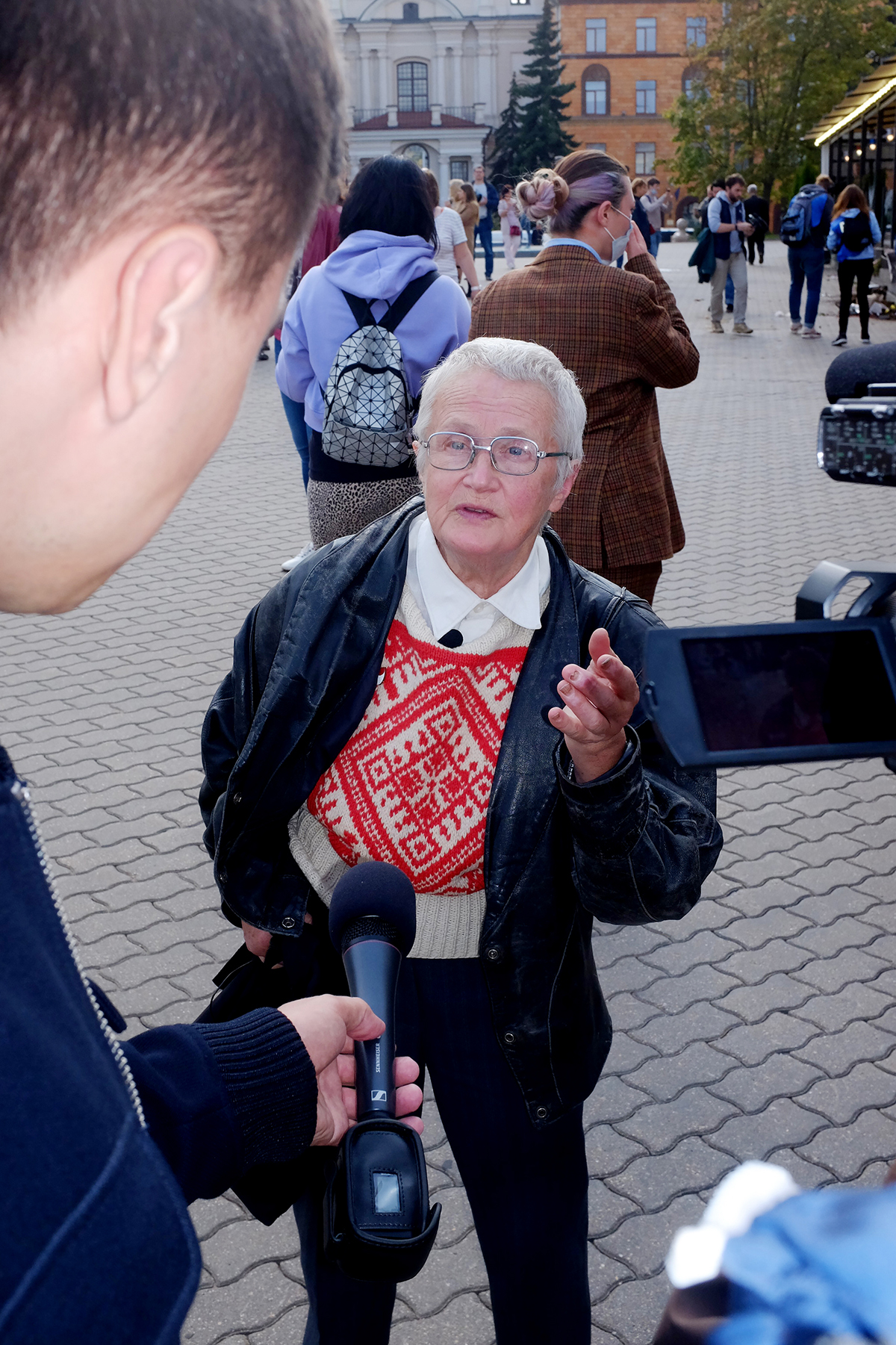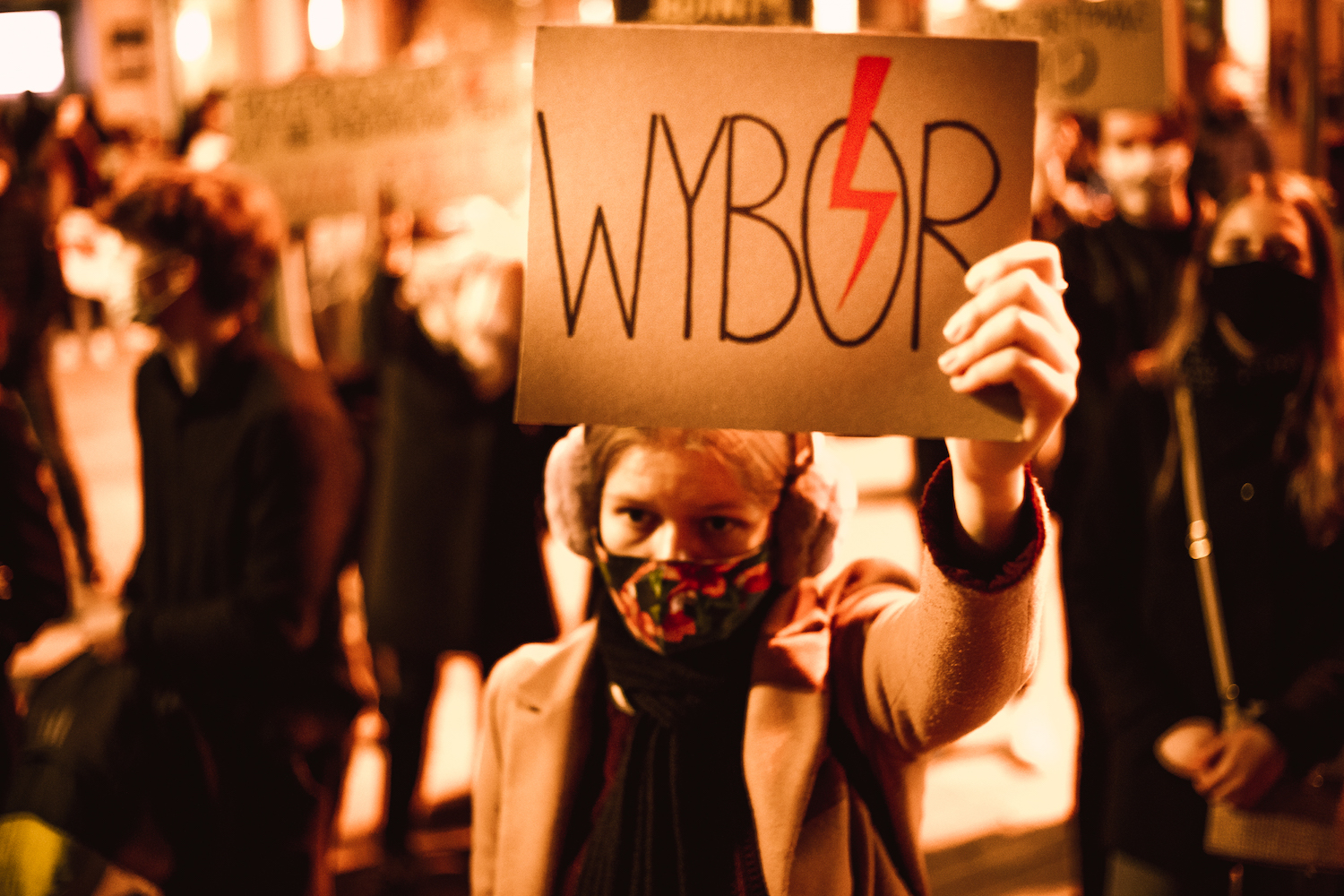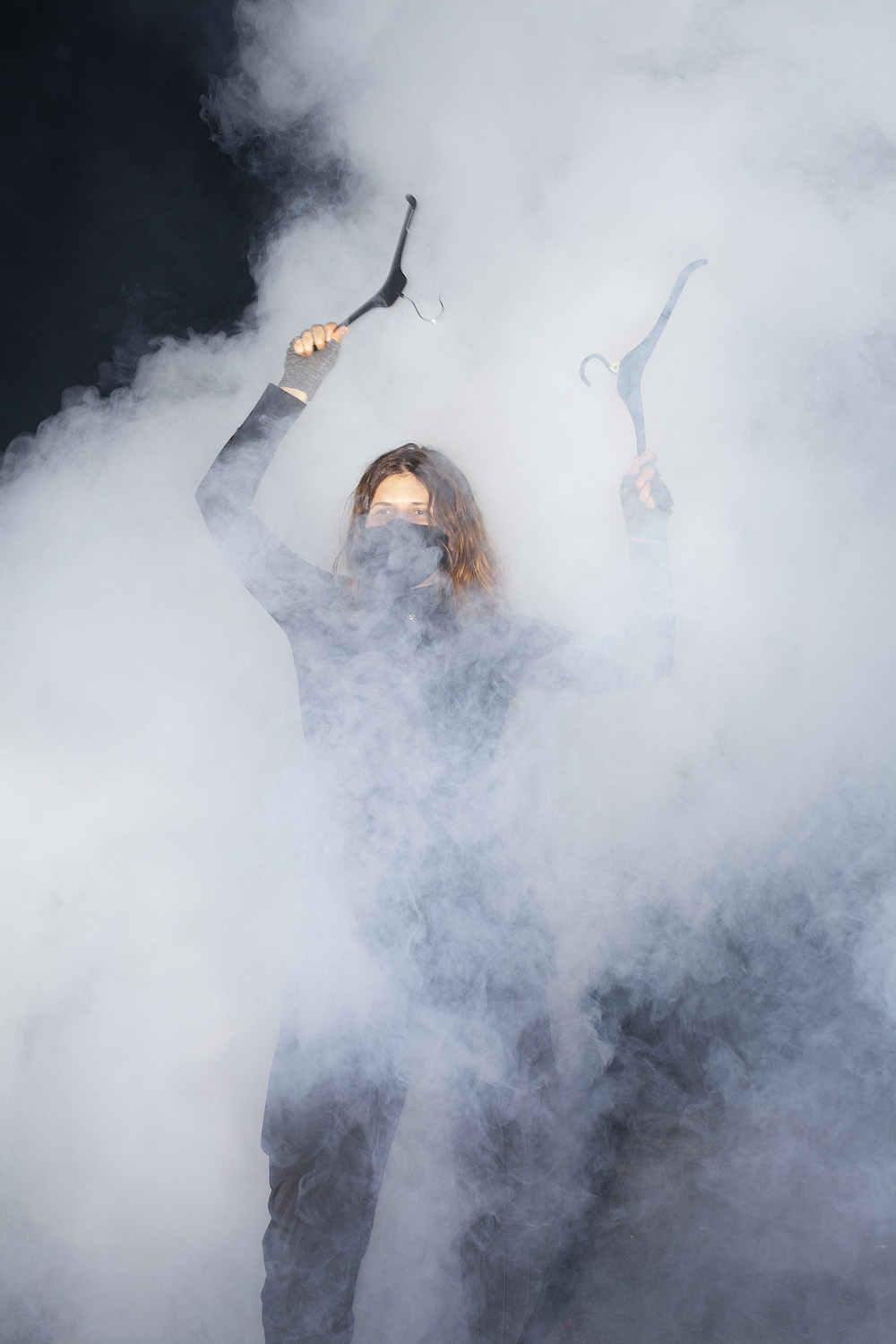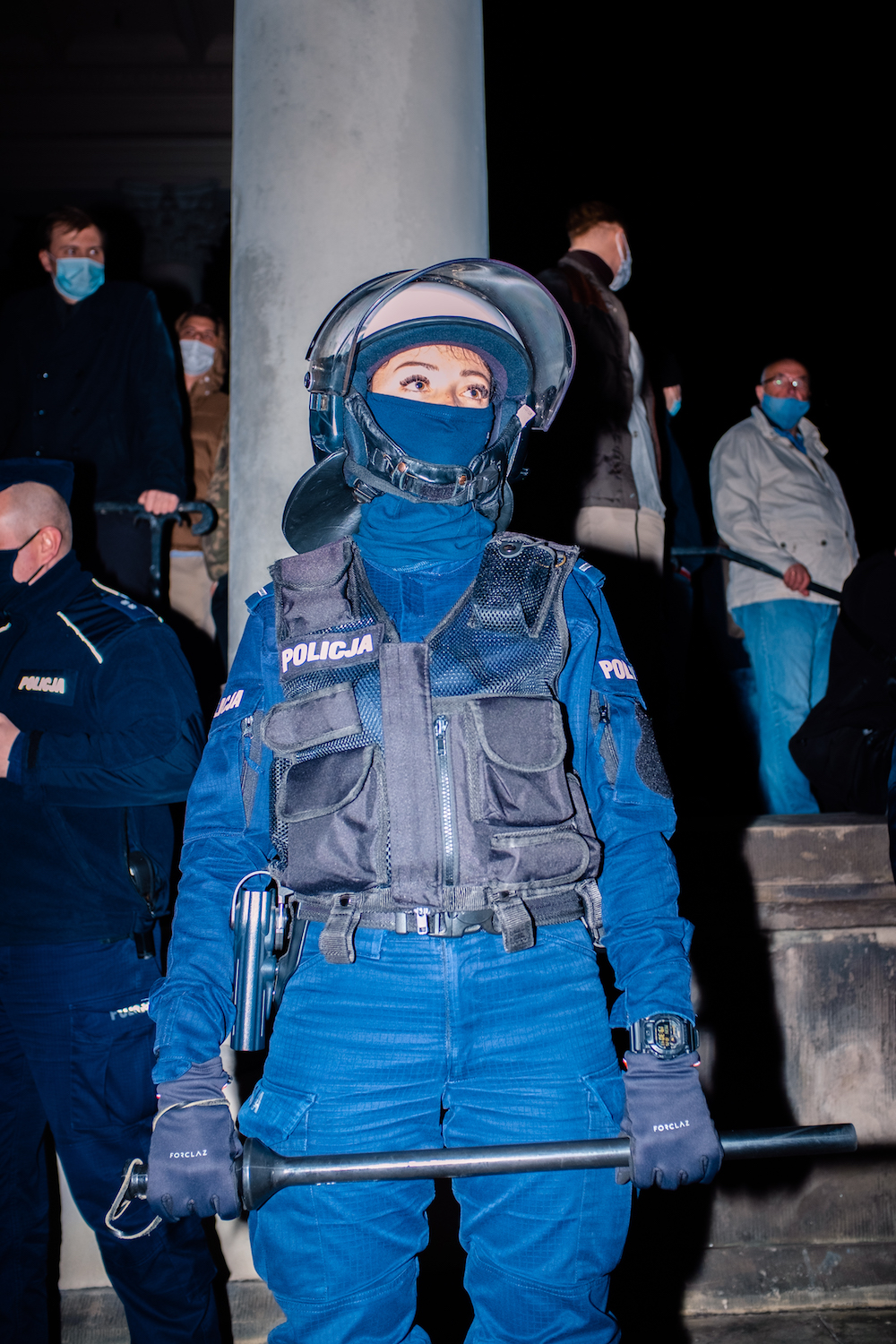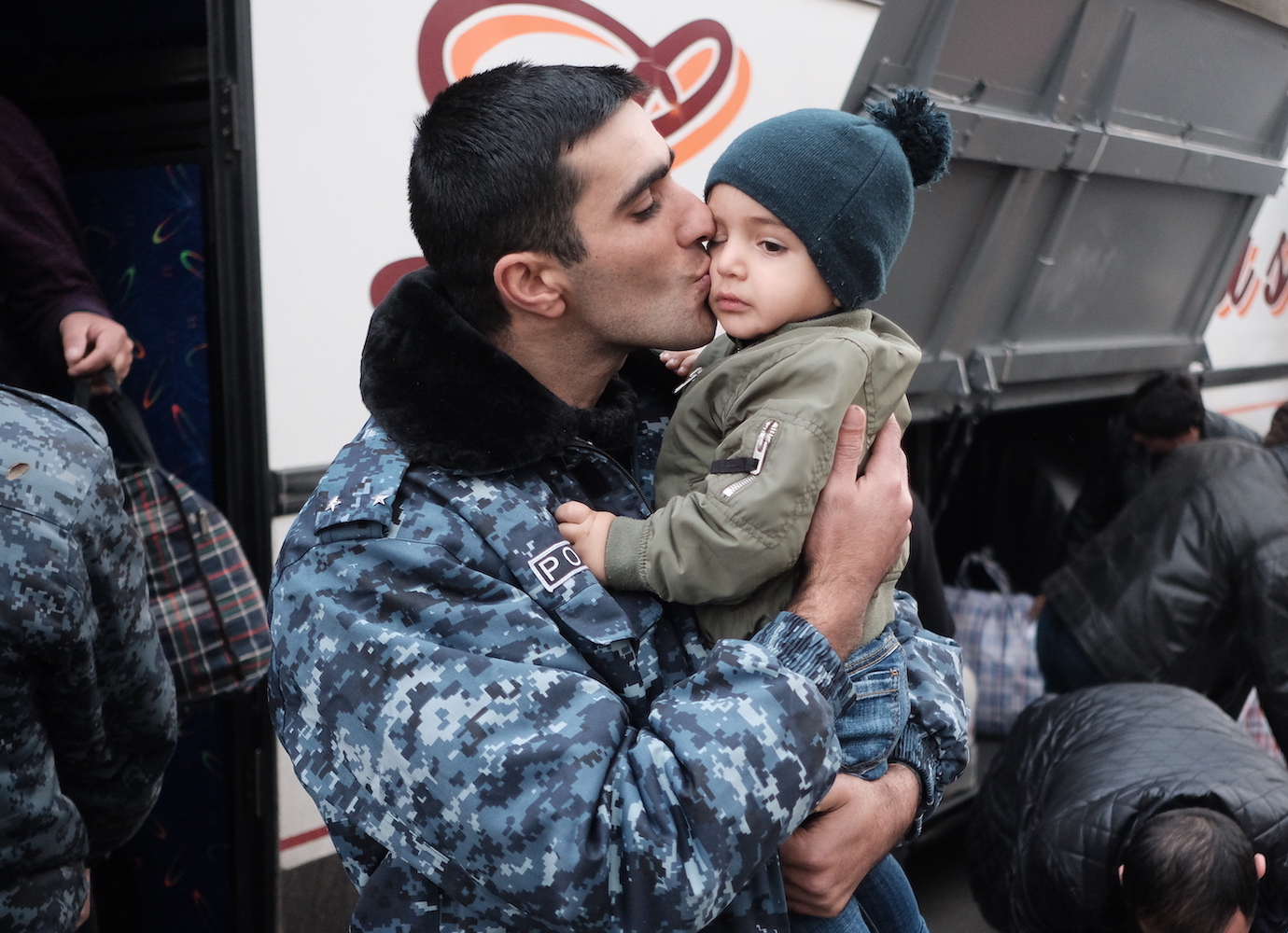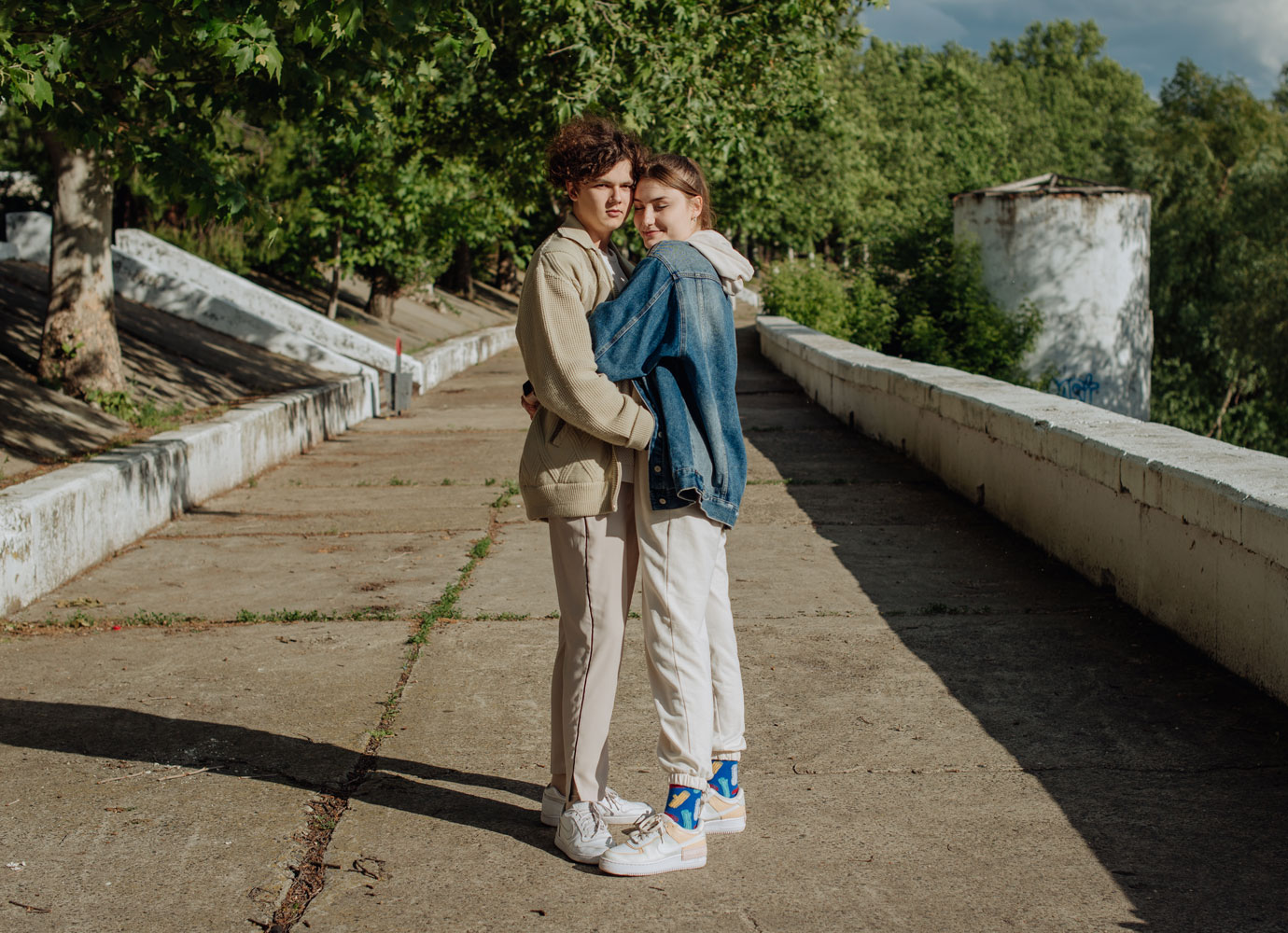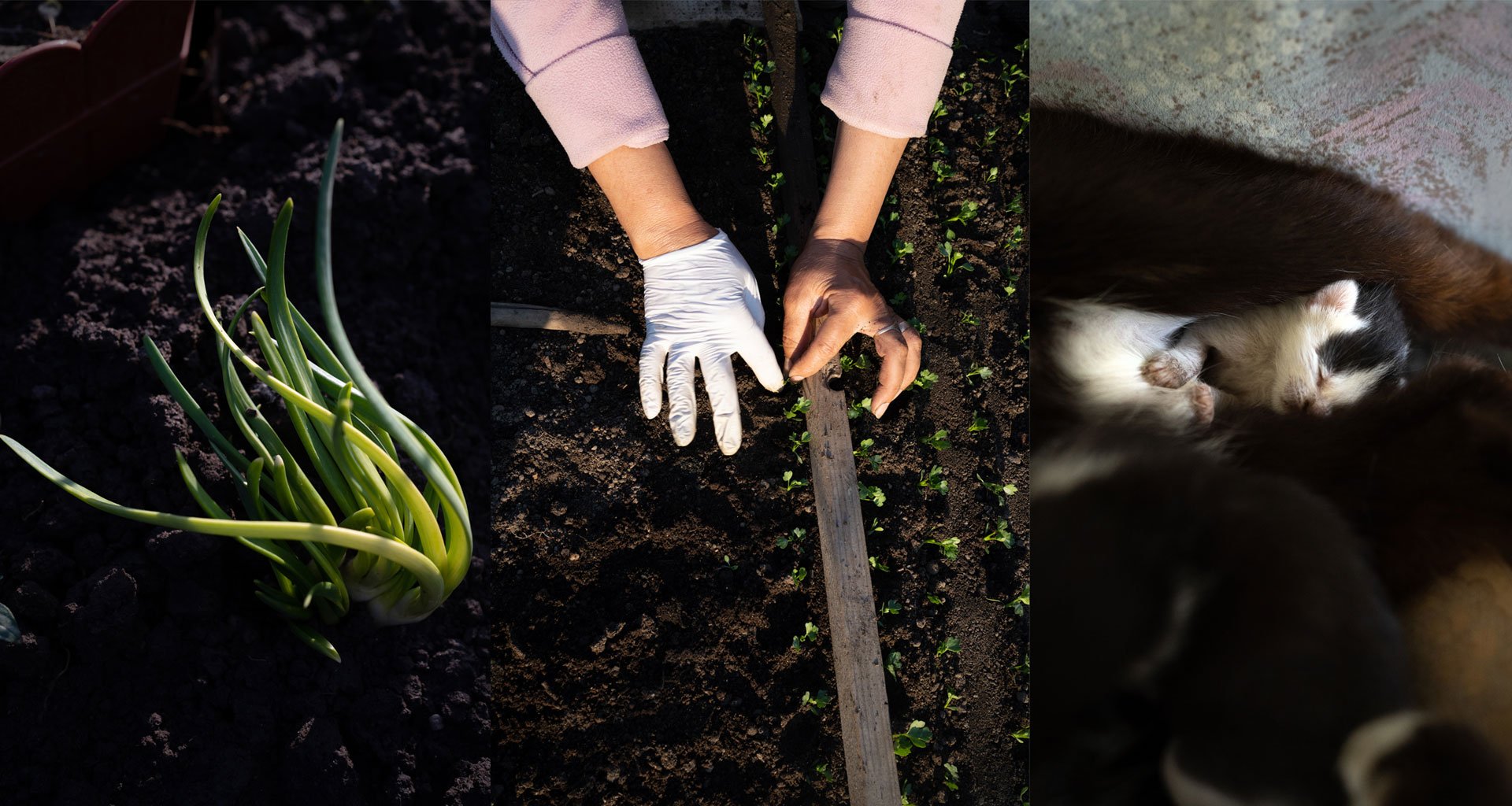Covid-19, protests and new love: 6 photo stories that captured 2020
2020 has been a sobering, uniting, painful, unequal, revolutionary, historic, and mundane year, all at the same time. On The Calvert Journal we saw an influx of personal stories about navigating life in lockdown, battling Covid-19, building long-distance relationships online, and even travelling via Skype, as well as photos from major demonstrations and uprisings, particularly from Poland and Belarus, where anti-government protests continue to sweep the country. To round off the year, we asked six photographers to share the stories that shaped their 2020 — including the life lessons, experiences, and recollections that left a mark on their lives.
Self-isolating with kids
Karolina Ćwik’s photos of lockdown remind us that there is never a dull moment when you’re housebound with two young kids. Adjusting to life under quarantine was disproportionately harder on parents. “It helped me that I had long ago accepted the fact that I am not a perfect mother and stopped pursuing this ideal,” Ćwik says. “During the pandemic, sometimes the house was dirty and messy, there were days when the children watched cartoons for hours, and dinners consisted only of sandwiches. But by accepting the situation and myself, what helped me not go crazy was the feeling of security, that nothing bad would happen to my children.”
See more photos and read the article in full here.
Behind the closed doors of one hospital
Maxim Babenko spent the beginning of the pandemic photographing inside one hospital in southern Russia. “I was in the Krasnodar region when the pandemic struck. This was the first region in Russia to introduce quarantine, and movement across different municipalities was only possible with a special red pass. In the “red zone” of the hospital, medical staff were both surprised and happy to see me. I got to experience just how many precautions they have to take: each wearing protective suits, multiple layers of gloves, shoe covers, tape to secure it all, plastic glasses, masks. Within a matter of minutes my mask was fogging up, and sweat was seeping out from where my gloves were taped up. A couple of weeks later, I met an elderly nurse on the street, who asked me, smiling: “I helped you seal the suit when you first entered the zone! Do you remember?”
By mid-June, the city was almost back to normal. “People were sitting on summer verandas, riding their bicycles, and children were running through the fountain in the park. And I couldn’t help but thinking about those who are still in the [red] zone, strapped to ventilators, fighting for their lives.”
Finding love in lockdown
Many of us have felt the strain on our relationships this year, while the pandemic has made dating a whole lot more complicated. Yet, against the odds, some couples found love amid the madnessl. Lesha and Polina first struck up a conversation online, after the photographer left a couple “silly” comments on her drawings on Instagram. “For a while, we communicated only online, and when the situation calmed down a little, we met in real life and decided that we needed to stay together,” Lesha Pavlov wrote on his Instagram. They have been living together in St Petersburg ever since; even when Pavlov developed Covid-19 pneumonia, they stuck by each other’s side. “I have been hearing news of couples — friends or friends of friends — breaking up since the start of the pandemic. There are now statistics about the rise of divorces. Not everyone’s relationships have been able withstand the distance or, on the contrary, life in close proximity due to quarantine.”
Sweet homecomings
For those living abroad, away from their loved ones, Covid-19 has been especially difficult. After living through lockdown in London, Michaela Nagyidaiova‘s adopted home for the last few years, she returned to Slovakia for three months to be closer to her family — the longest time she’d spent at home since first moving away. “This project was made over July until October 2020. Covid-19 was actually one of the factors that had inspired the project in the first place. I started planning the work in March and April, while quarantining in London. It gave me something to look forward to, as back then I wasn’t sure when I would be able to travel home.”
“When I got to Slovakia, I wanted to revisit or discover locations that I have always wanted to come back to or travel to. The photographs don’t really address Covid-19 visually because that wasn’t my intention. In fact, I wanted to steer clear of making the project about the pandemic, perhaps there was the urge to forget about it for a while and focus on the positives that have come from this year. That’s when I stumbled upon my parents archives which gave me the idea to explore what escapism looked like before the 1990s, as well as reminisce about my friends’ and my own memories from our childhood summers in the 1990s.”
Five months of unrest in Belarus
Across Belarus, citizens have formed a united front against their government, demanding the ouster of the country’s authoritarian leader, Alexander Lukashenko, after he won a sixth term in office in a vote widely seen as rigged. Authorities have cracked down hard on the protests, which continue into their fifth month. Hundreds of demonstrators have suffered shocking abuse and torture at the hands of the police. Photographer Lesia Pcholka told us about the brutal few months in Belarus and her pride for the country.
“I was in a crowd at the Stele memorial in Minsk on the night of the elections. But I wasn’t taking photos. I’m not a photojournalist. I was there for the same reason as everyone else, to fight for our rights and freedom. Within days, we were cut off from the internet. The authorities began to block off city streets. Crowds were cleared by any means possible; they would catch you by your doorway and beat you to death. Tourists always praise Minsk for its tidiness, but this was what cleanliness means. I feared going out in the evening to protest. But, I also knew I couldn’t stay home, so I started volunteering at the “detainee support service” and taking pictures of the protests every weekend.
“We are incredibly tired. Repression has become a daily routine. A camera in the hands of a protester is equated to a weapon. Journalists are in jail. Many are physically injured. So many people have lost hope and left Belarus, closed businesses, cafes, bars, galleries. Almost everyone is traumatised psychologically. The situation with Covid in Belarus is disastrous.
In August 2020, we felt our collective strength for the first time and became one family. I had never felt that before, I have never been this proud of Belarus. Now, we’re putting all our energy into building our own alternative state, one founded on mutual support. The future has already arrived, we have already won. We only need to remove the people in black balaclavas who are killing us. The victory of Belarusians is a victory of democracy over dictatorship, but we understand that such fundamental changes take time.”
Tighter abortion laws prompt nationwide protests
On 22 October 2020, the Polish Constitutional Court, with the backing of the country’s ruling right-wing Law and Justice party, has made it even harder for Polish women to access abortion, scrapping the right of women to abort malformed foetuses. “On 30 October, around 150,000 people protested across Warsaw, with supporting action taking place in other Polish cities,” Zula Rabikowska originally wrote in The Calvert Journal in early November. “The situation in our country is tough,” said Helena Ludkiewicz, one of several photographers Rabikowska interviewed to capture the changing mood on the front-lines of protest. “Nevertheless, it warms my heart to see the unity between young and old people. We are fighting for freedom of choice. It’s surprising that even during the pandemic so many people have decided to leave their homes and fight for their rights.”
See more photos and read the article in full here.
